
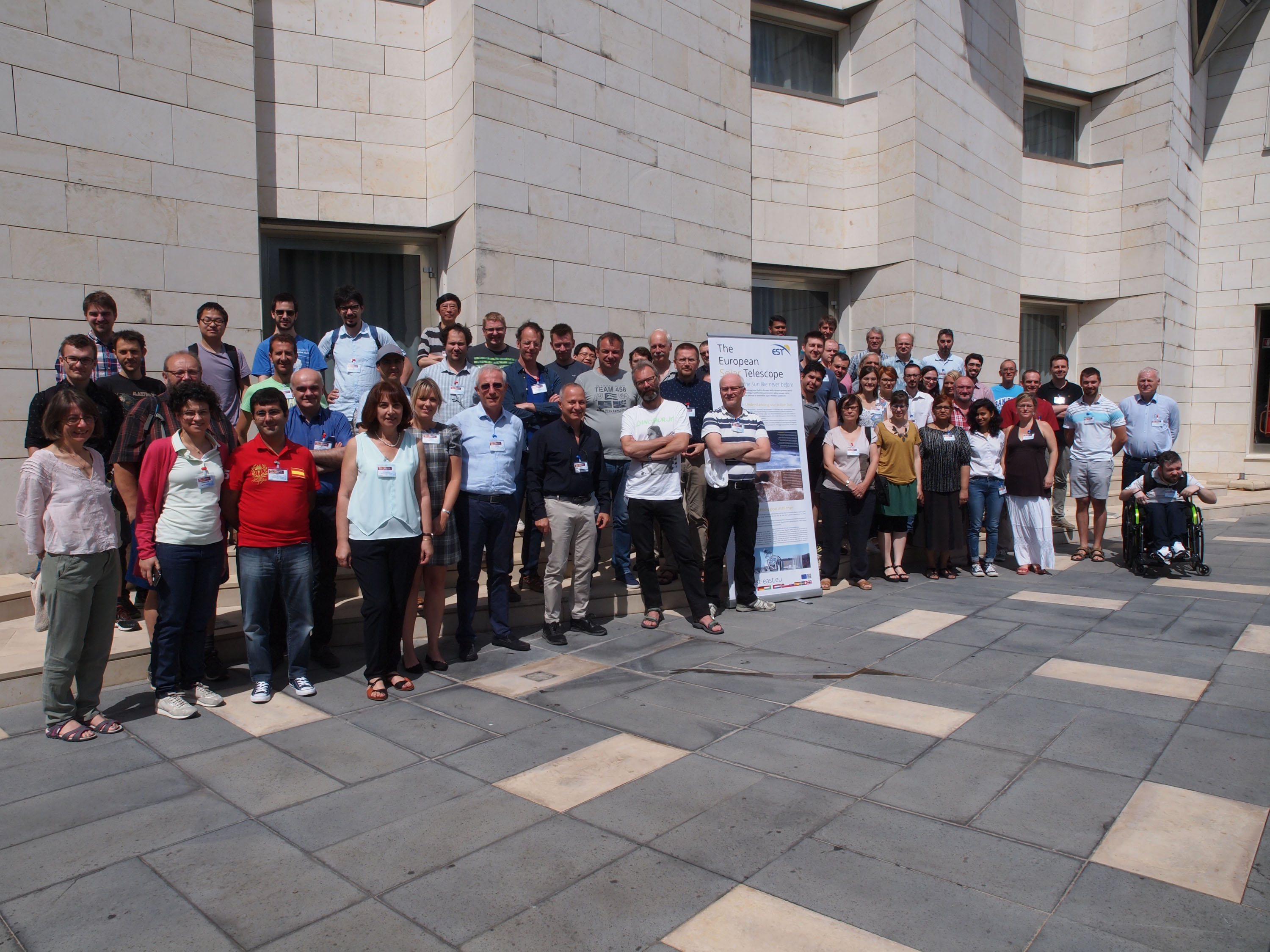
Registration is open.
Fees
The registration fee covers:
To register, please fill the registration form.
Information on how to do the payment can be found here.
Limited funds are available to support the attendance of PhD students and post-docs (see the registration form).
AtaHotel Naxos Beach Resort - Giardini Naxos (Me), Italy
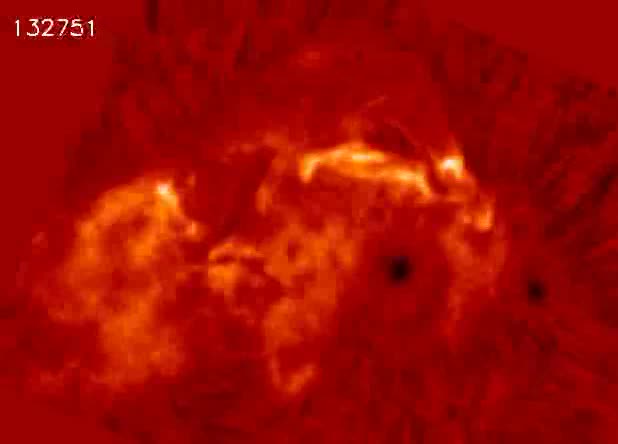
Session: 4. Chromospheric Dynamics and Heating
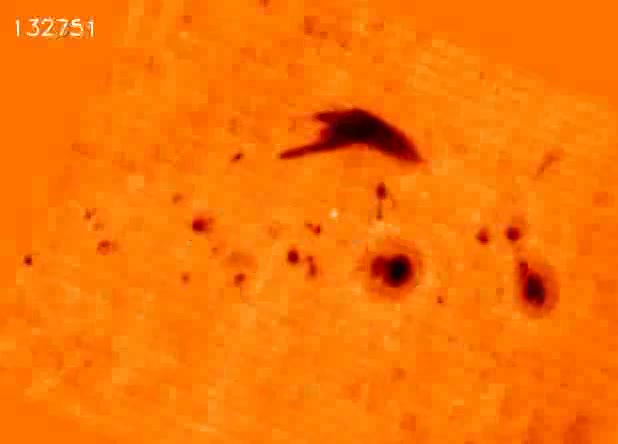
Session: 4. Chromospheric Dynamics and Heating
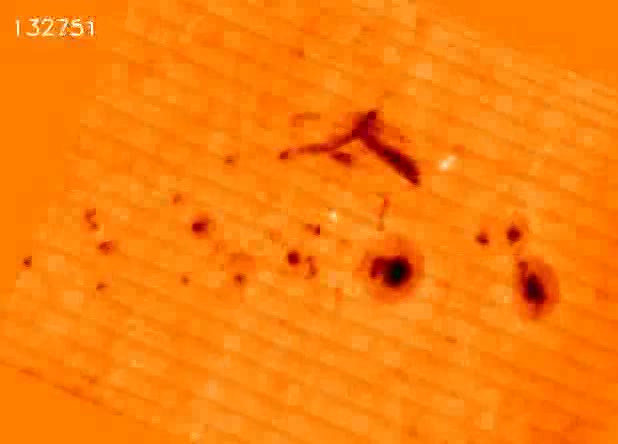
Session: 4. Chromospheric Dynamics and Heating
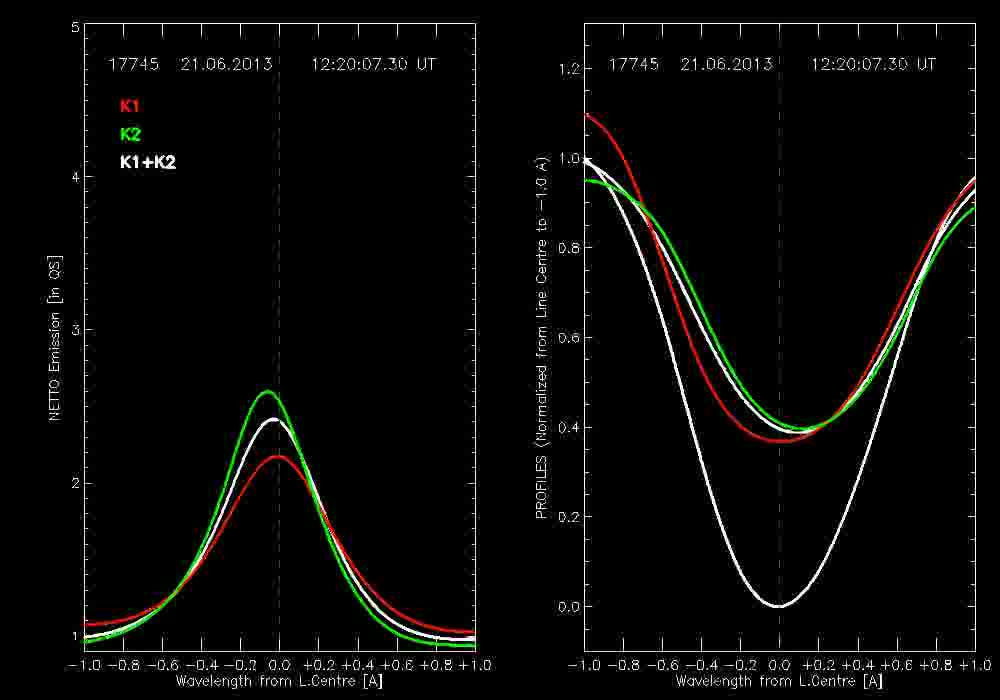
Session: 4. Chromospheric Dynamics and Heating
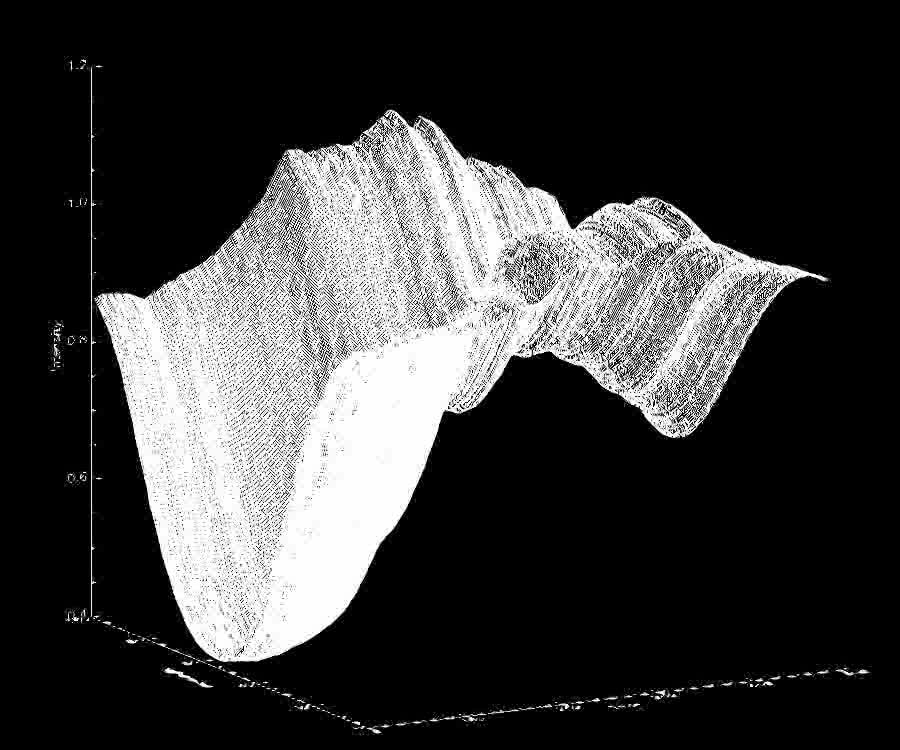
Session: 4. Chromospheric Dynamics and Heating


Session: 1. The State-of-the-Art of the EST Project
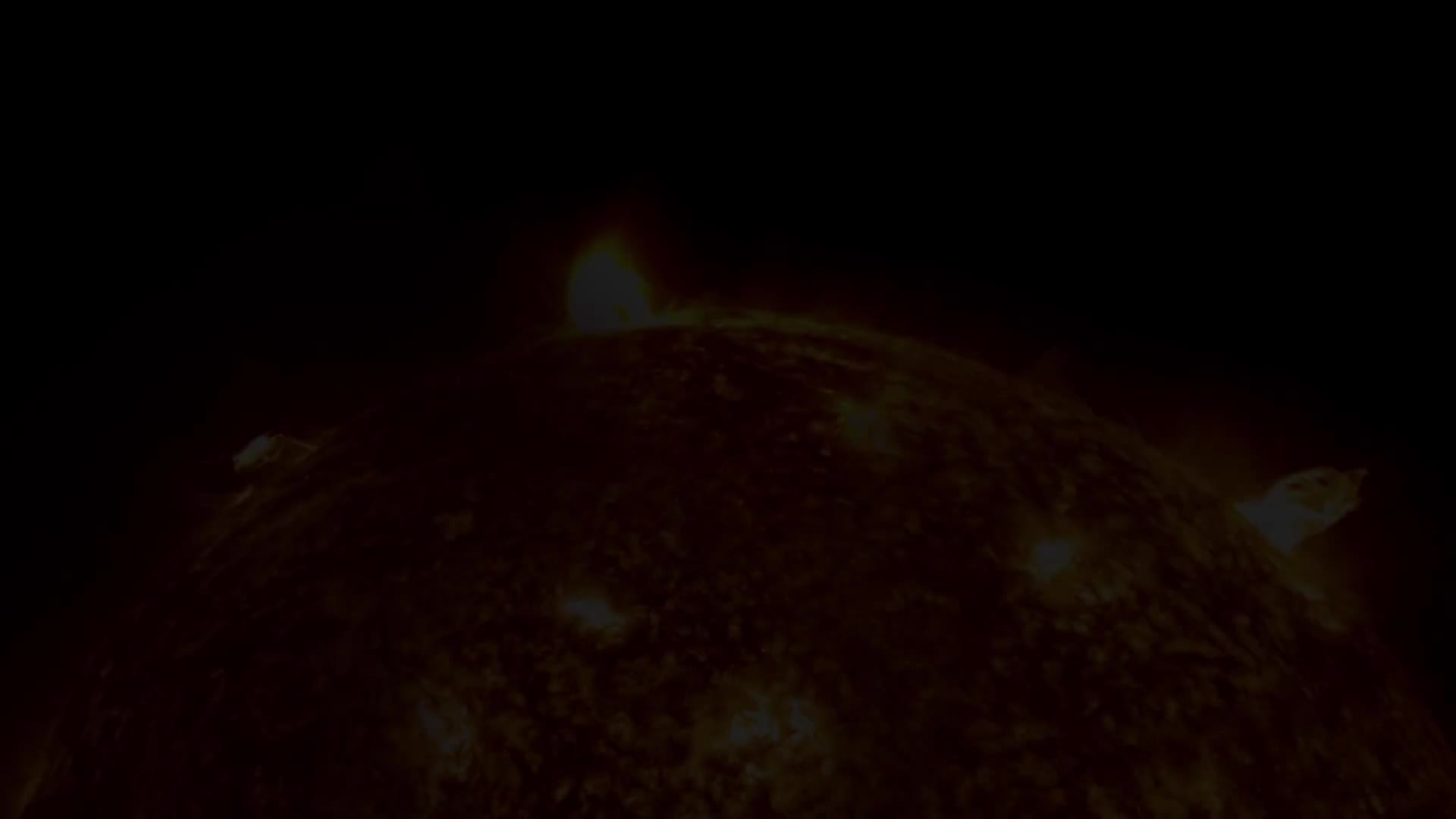

Session: 1. The State-of-the-Art of the EST Project
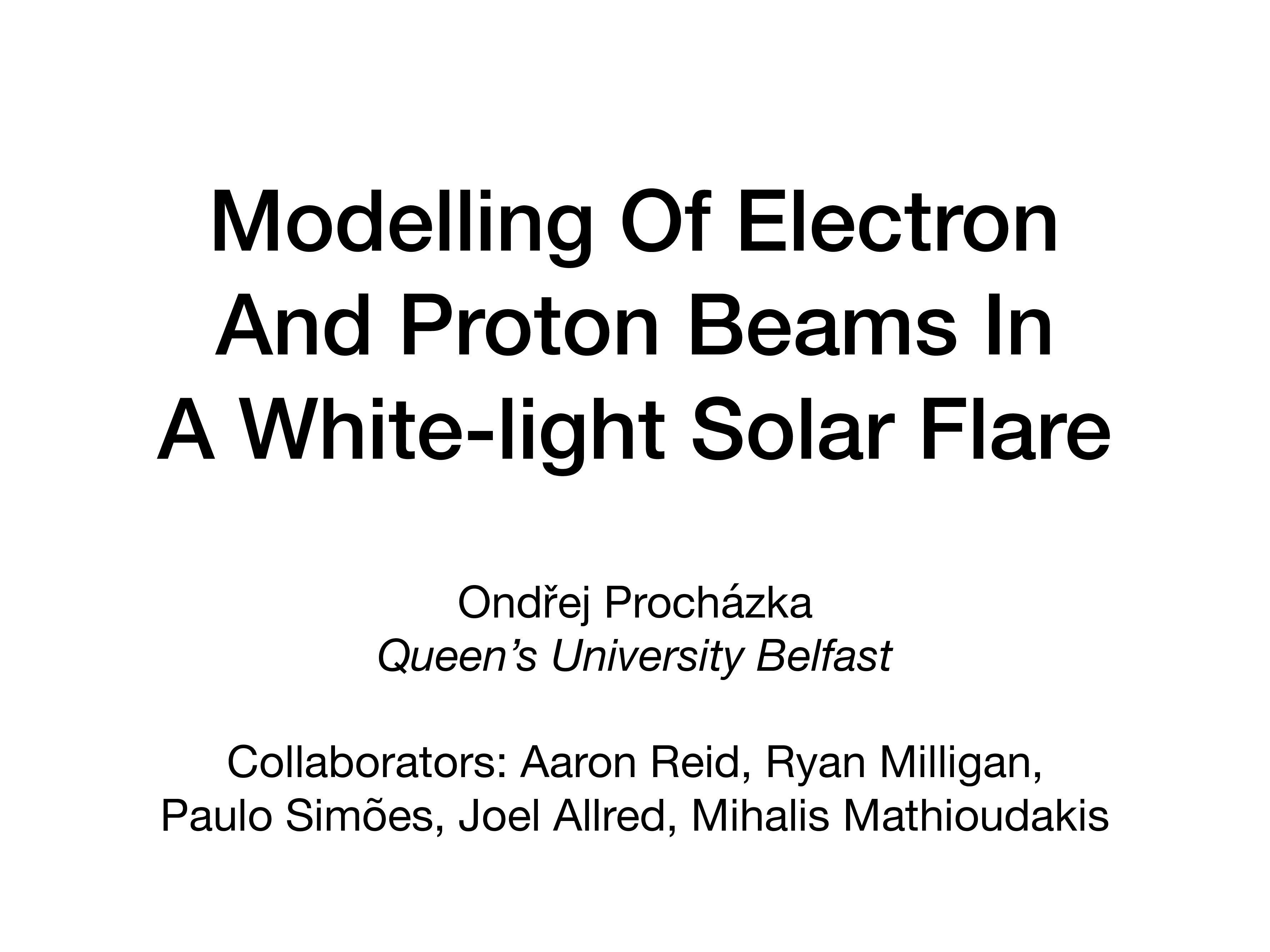
Session: 7. Solar Flares and Eruptive Filaments
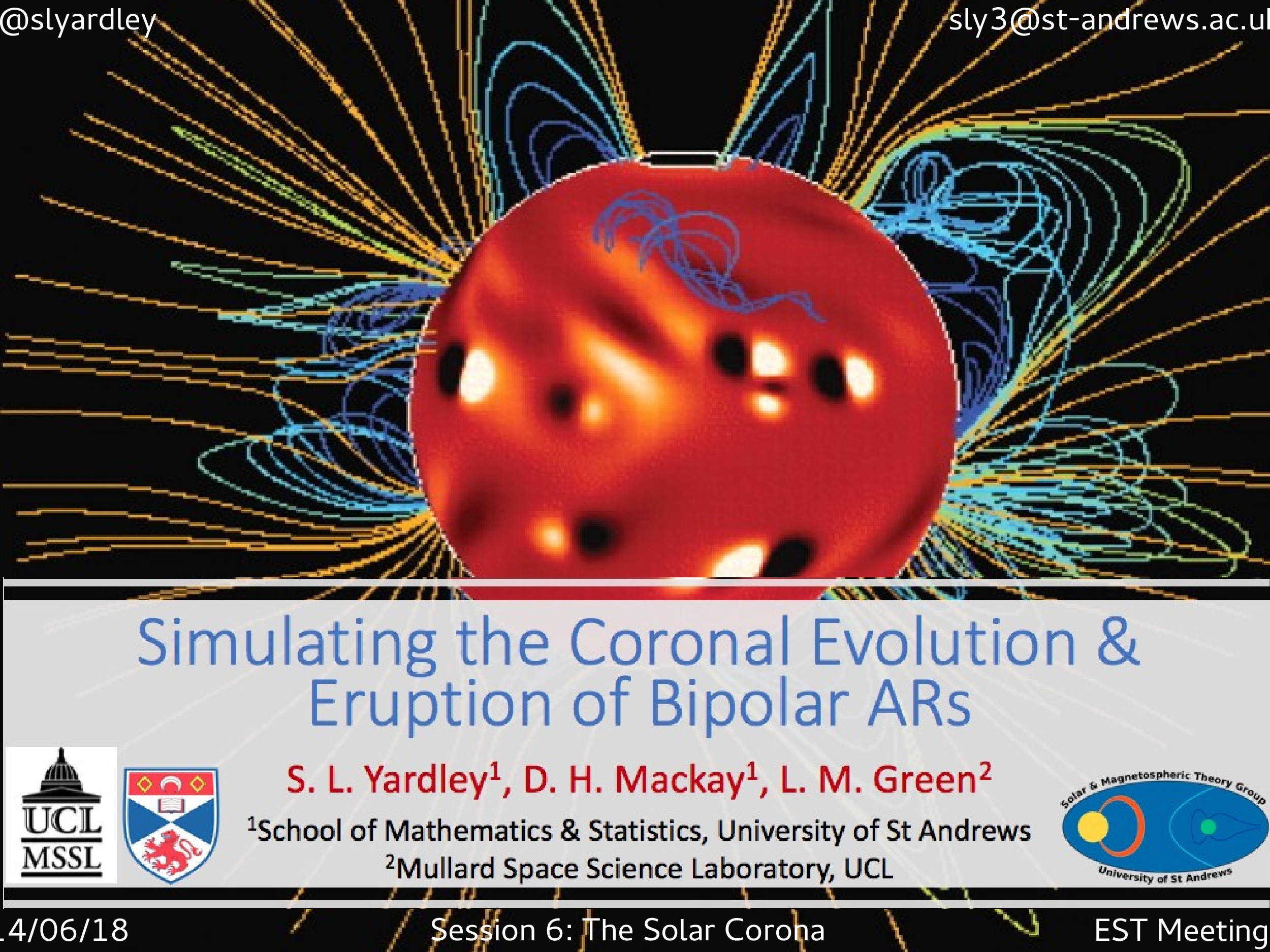
Session: 6. The Solar Corona
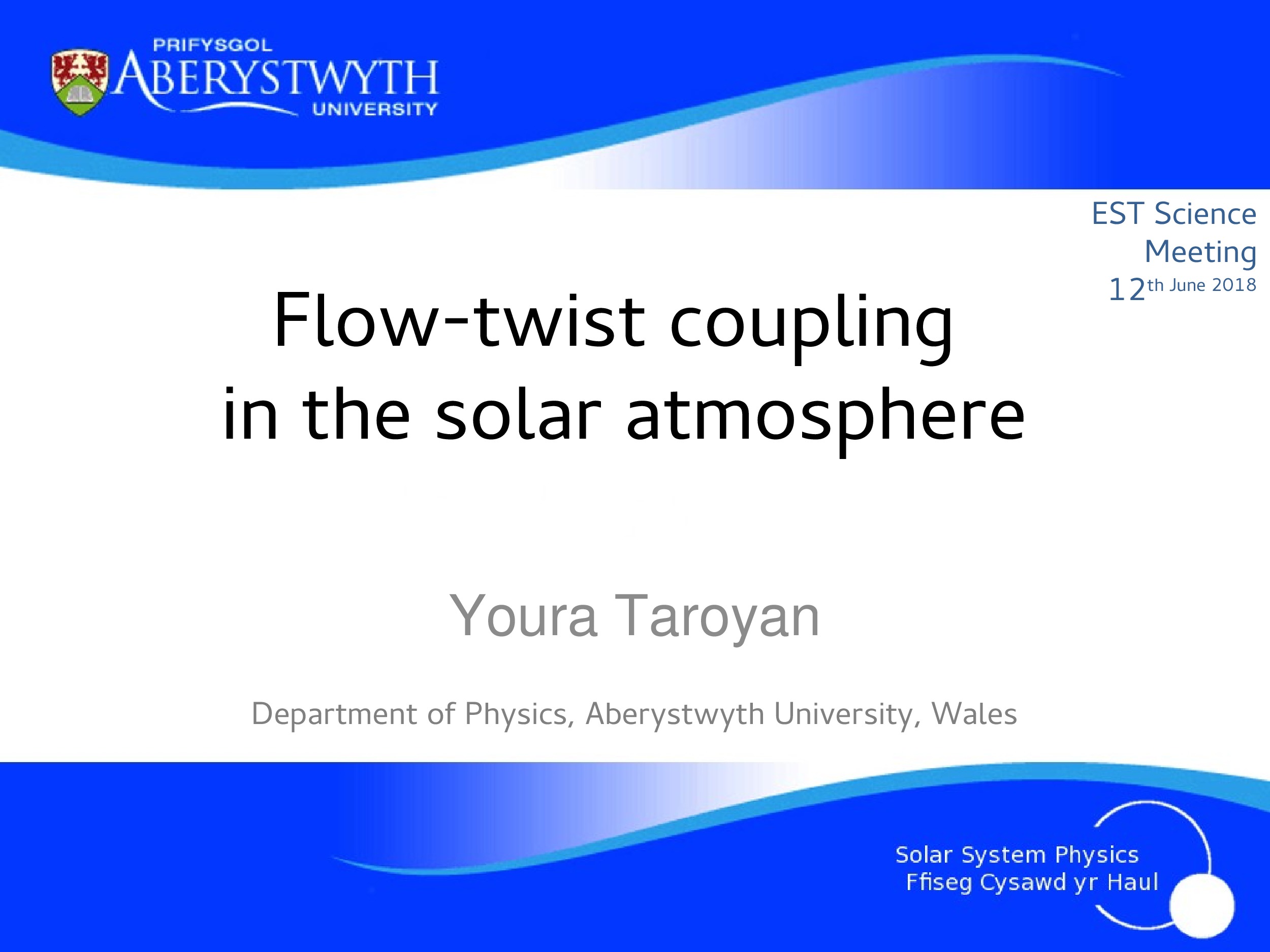
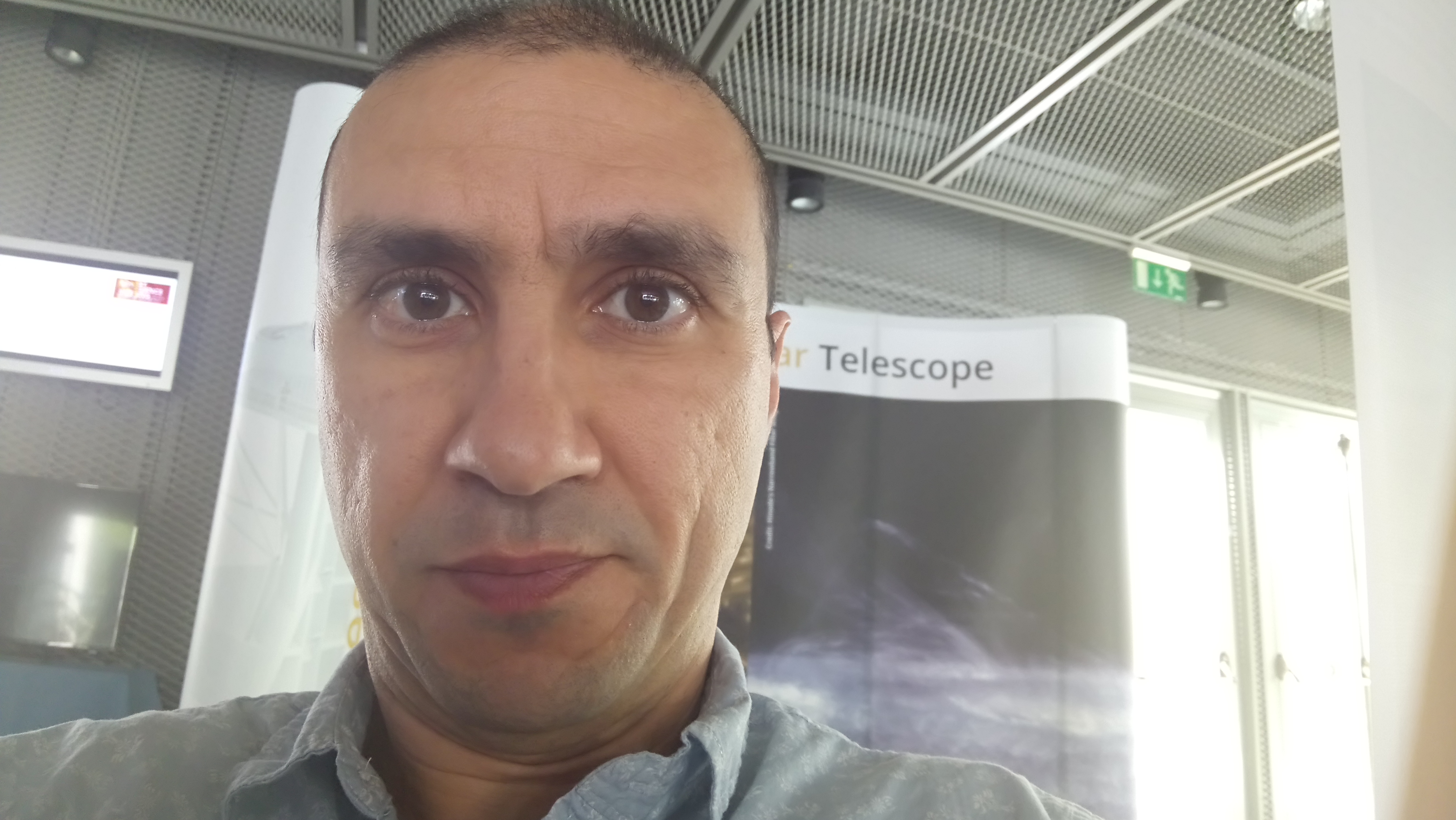
Session: 3. Wave Coupling throughout the Solar Atmosphere
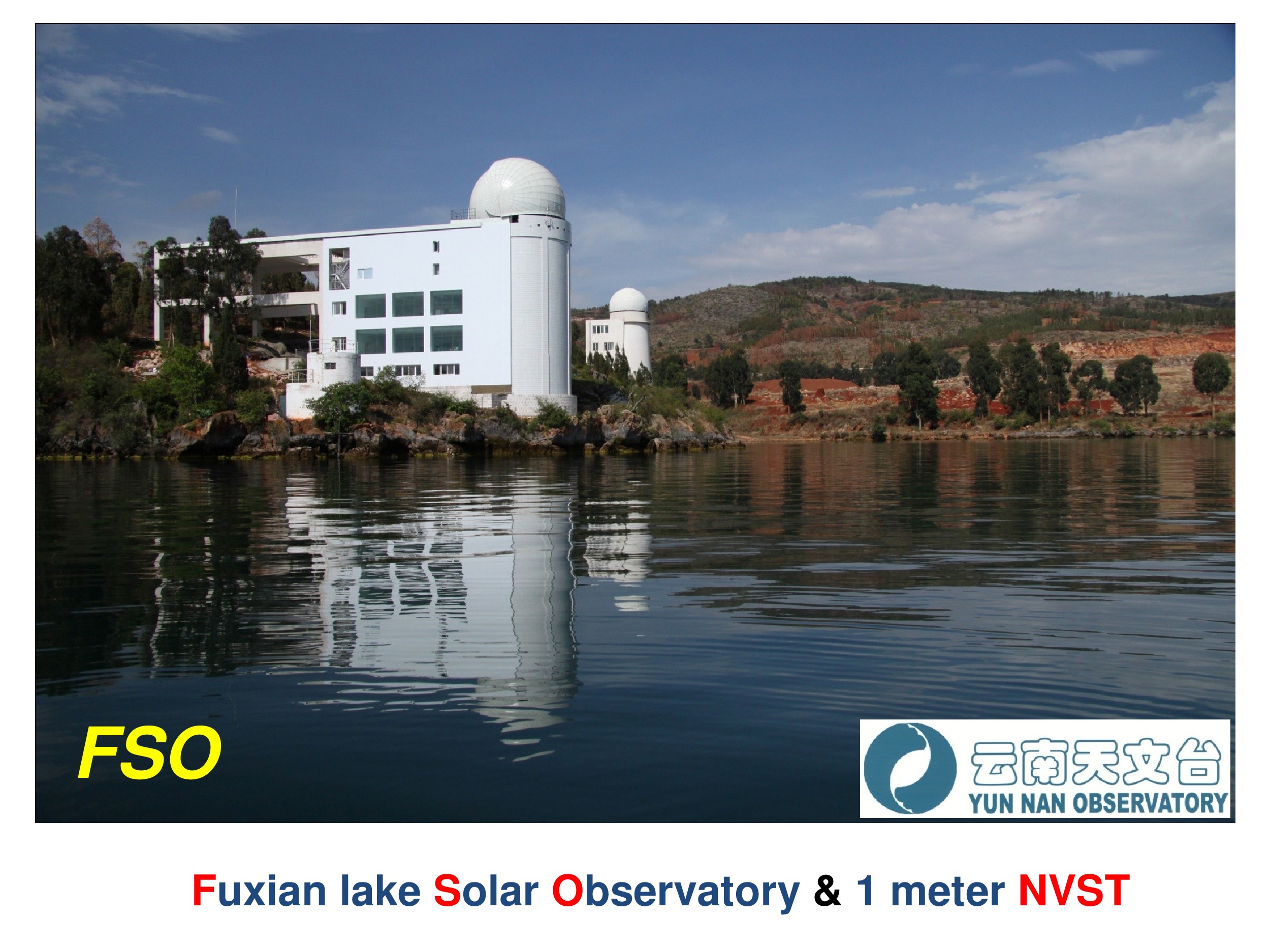
Session: 2. Structure and Evolution of Magnetic Flux
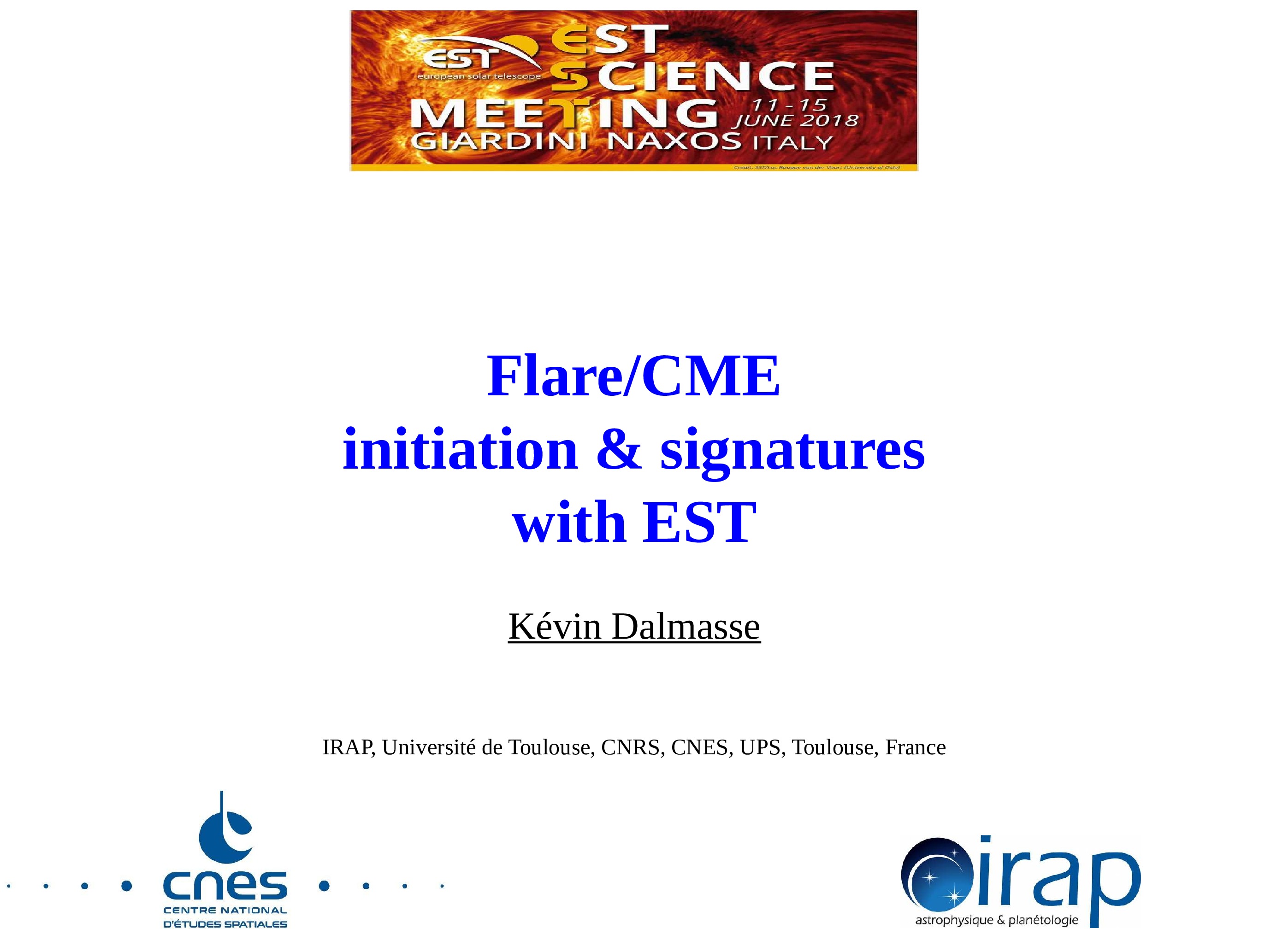
Session: 7. Solar Flares and Eruptive Filaments
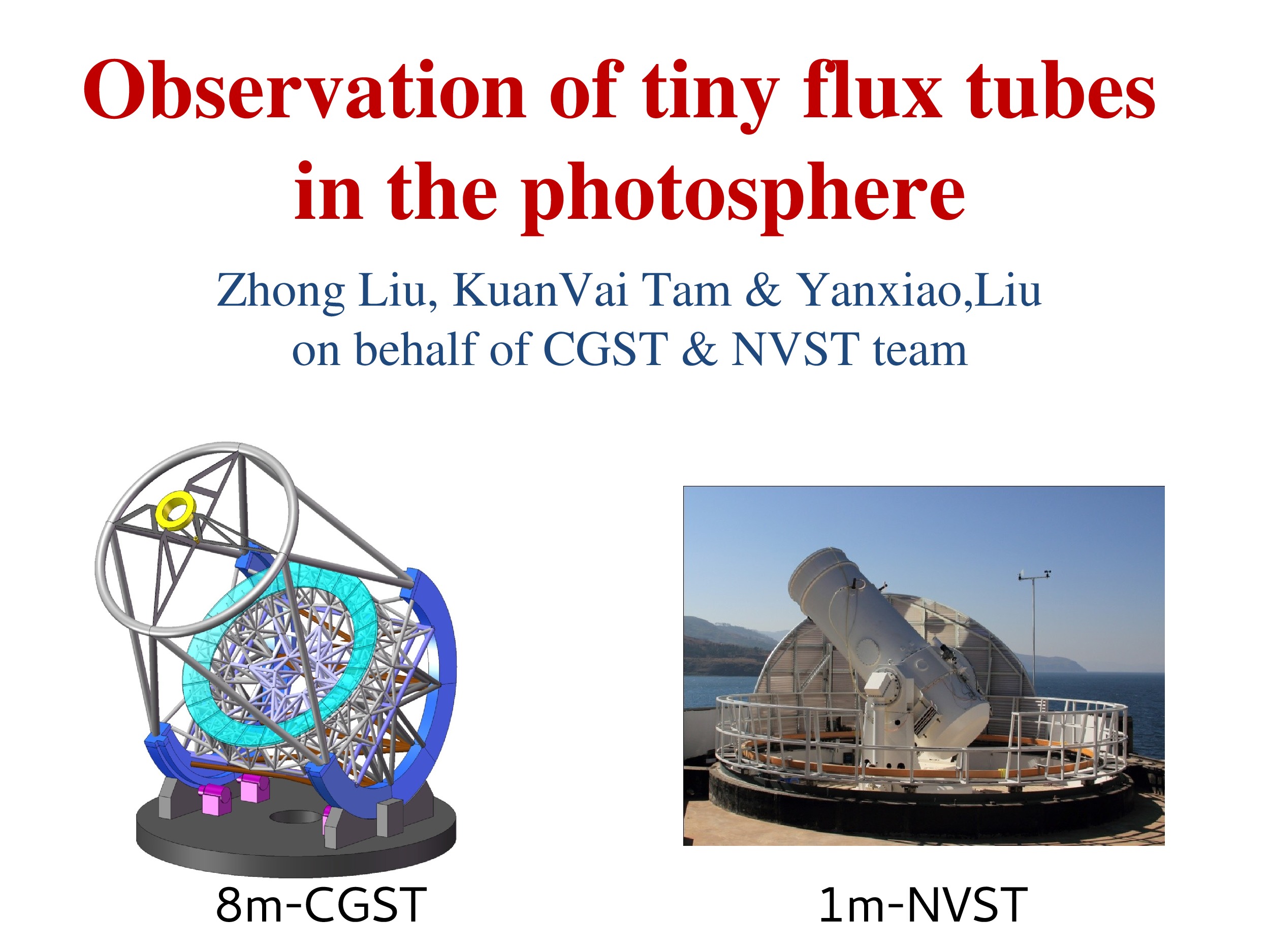
Session: 2. Structure and Evolution of Magnetic Flux
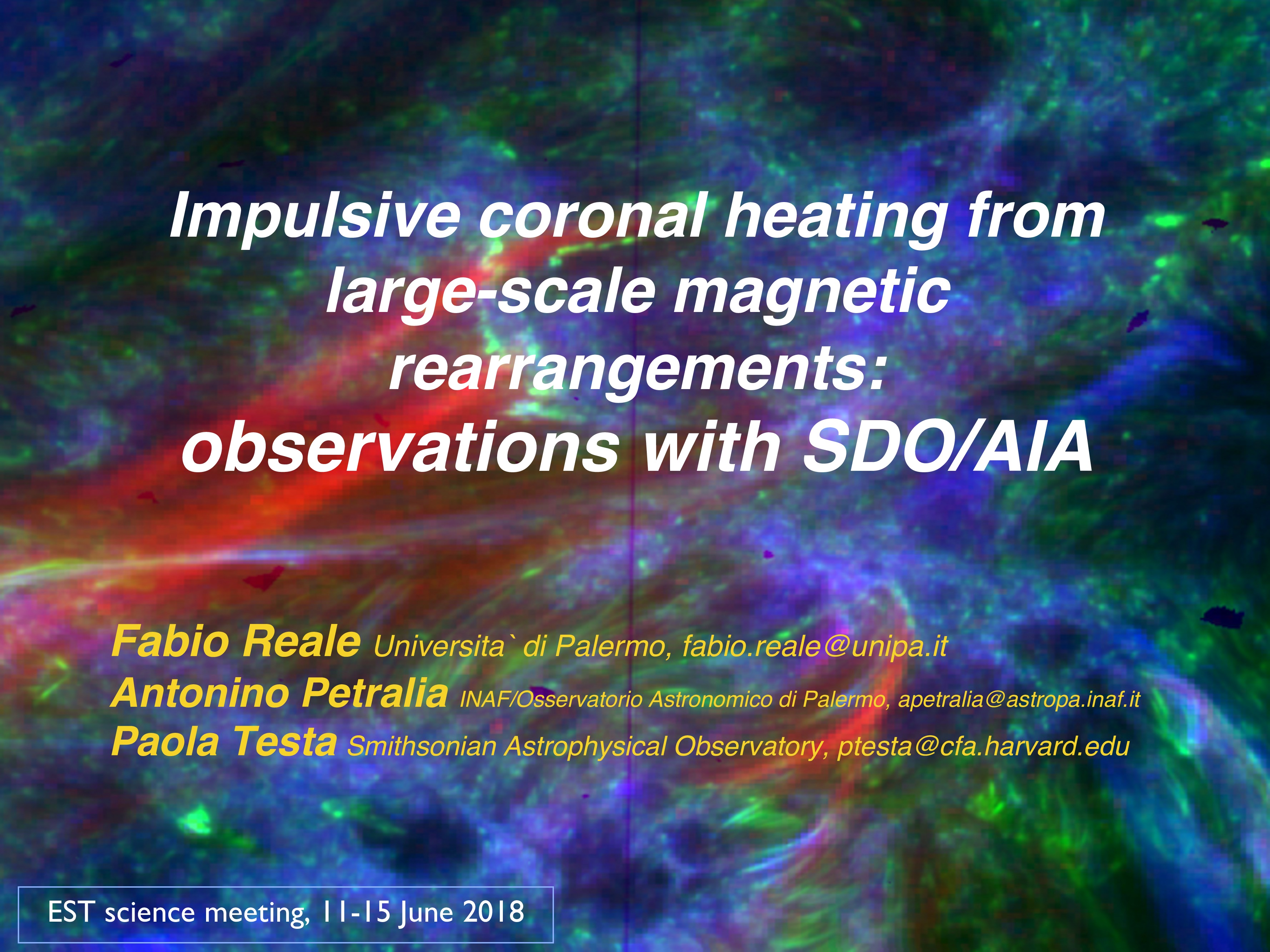
Session: 6. The Solar Corona
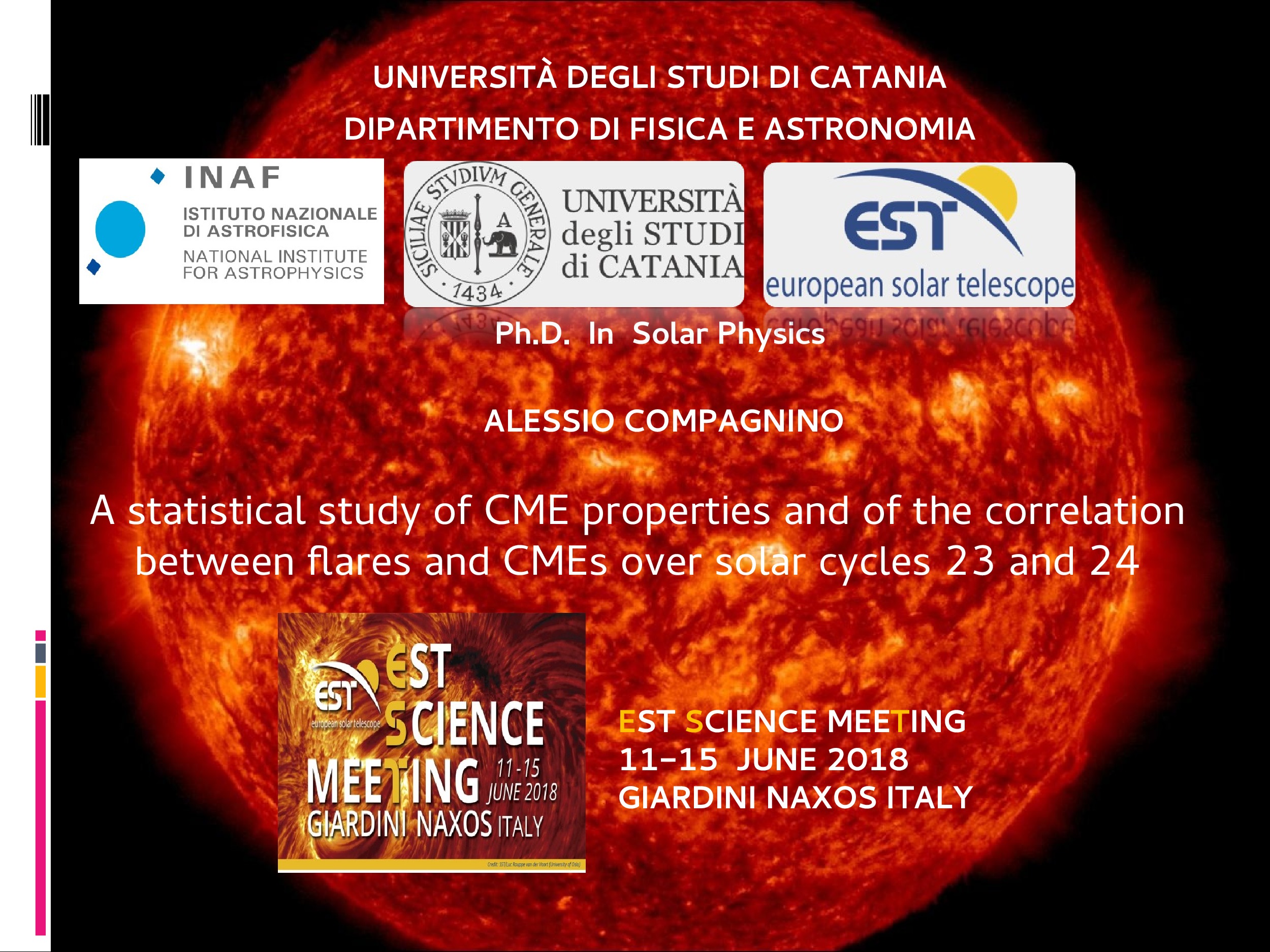

Session: 7. Solar Flares and Eruptive Filaments
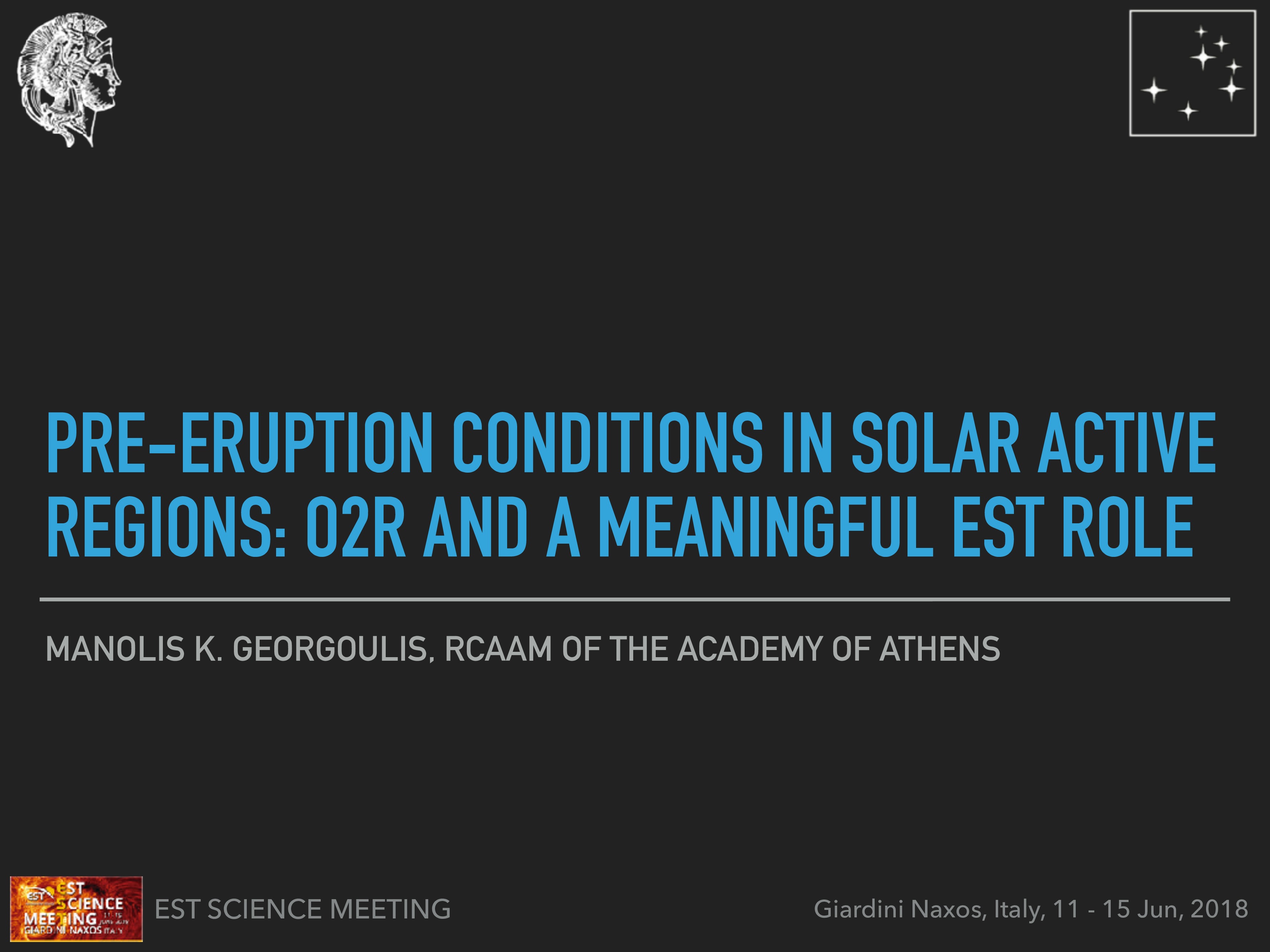

Session: 7. Solar Flares and Eruptive Filaments
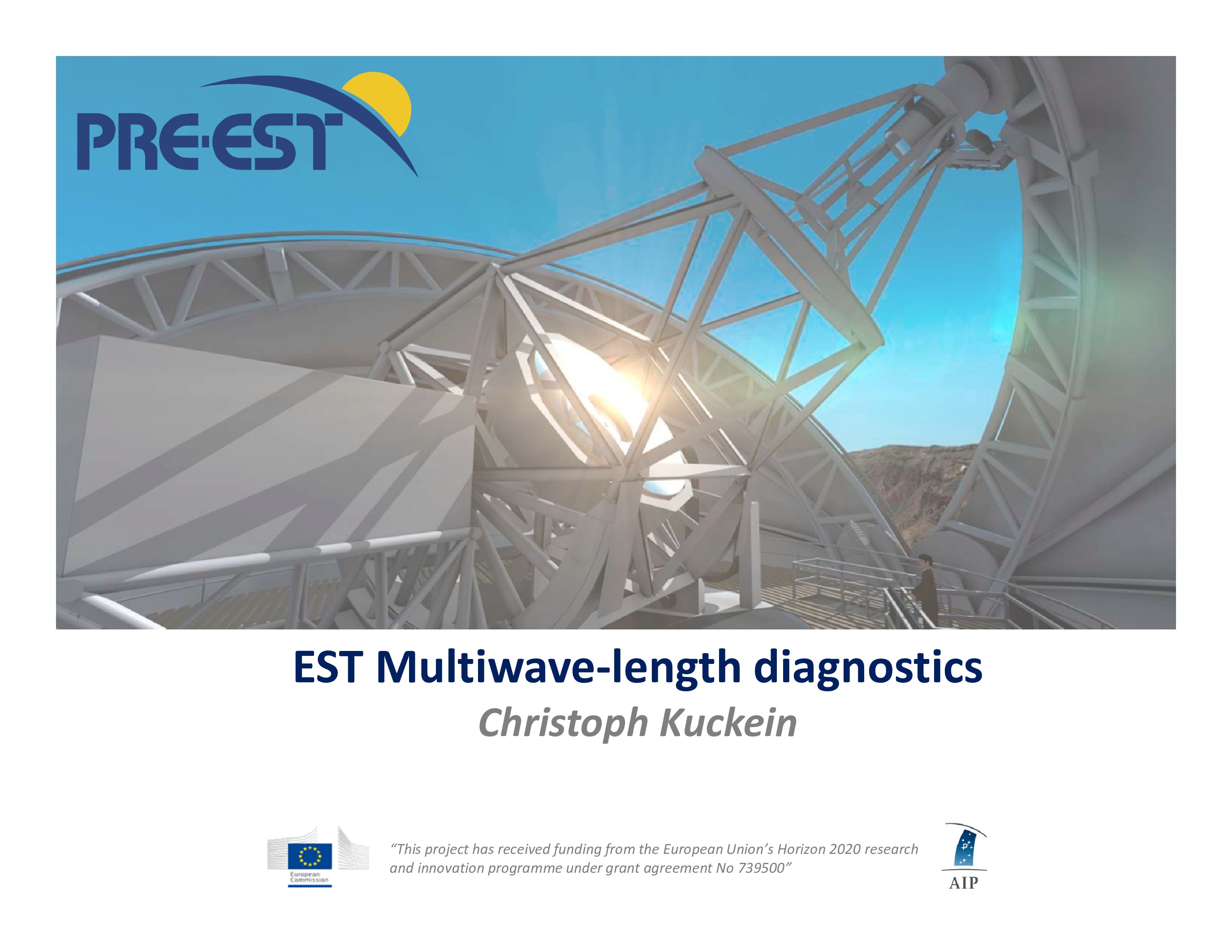
Session: 1. The State-of-the-Art of the EST Project
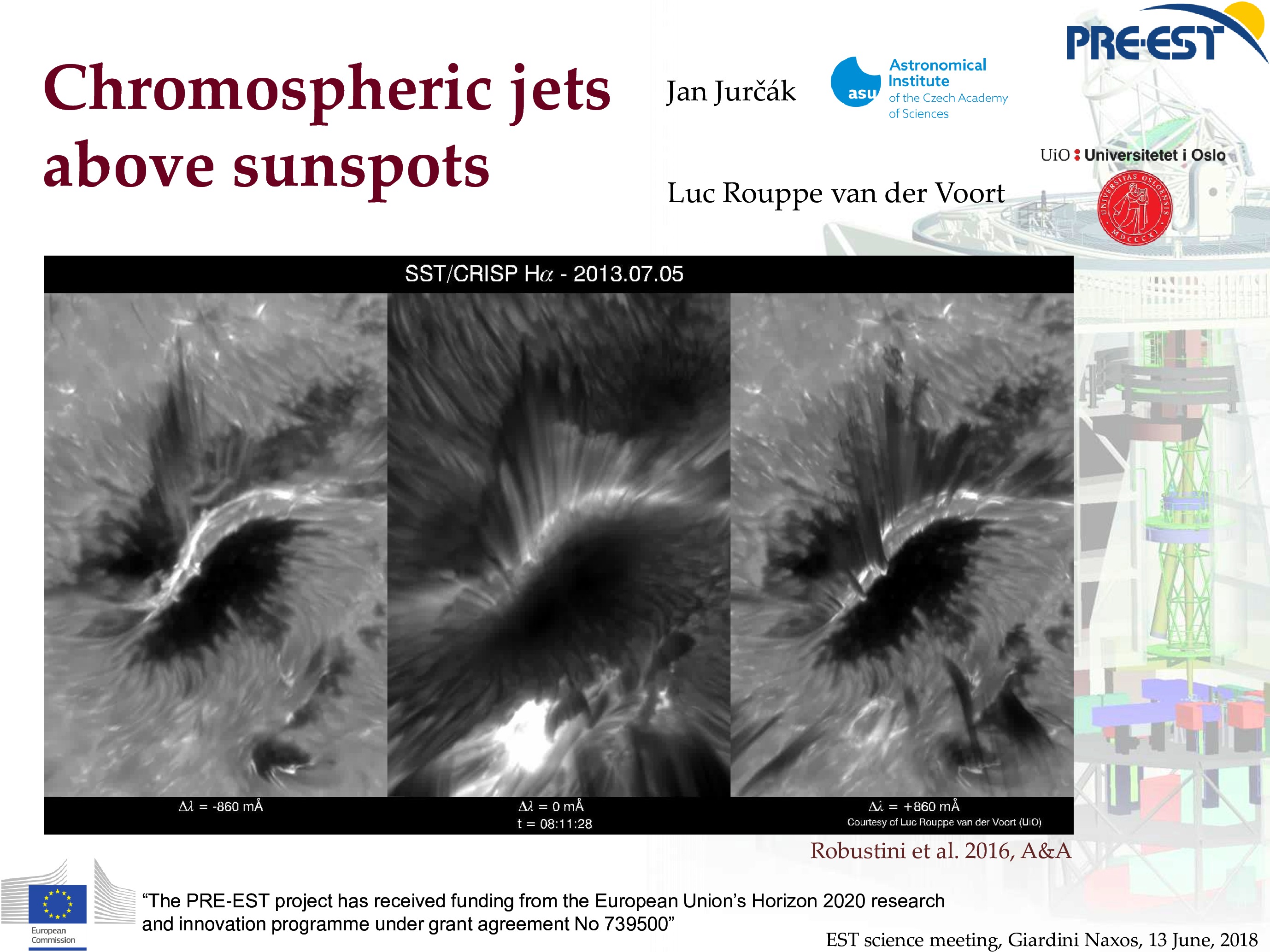
Session: 5. Large Scale Dynamic Structures: Sunspots, Prominences and Filaments
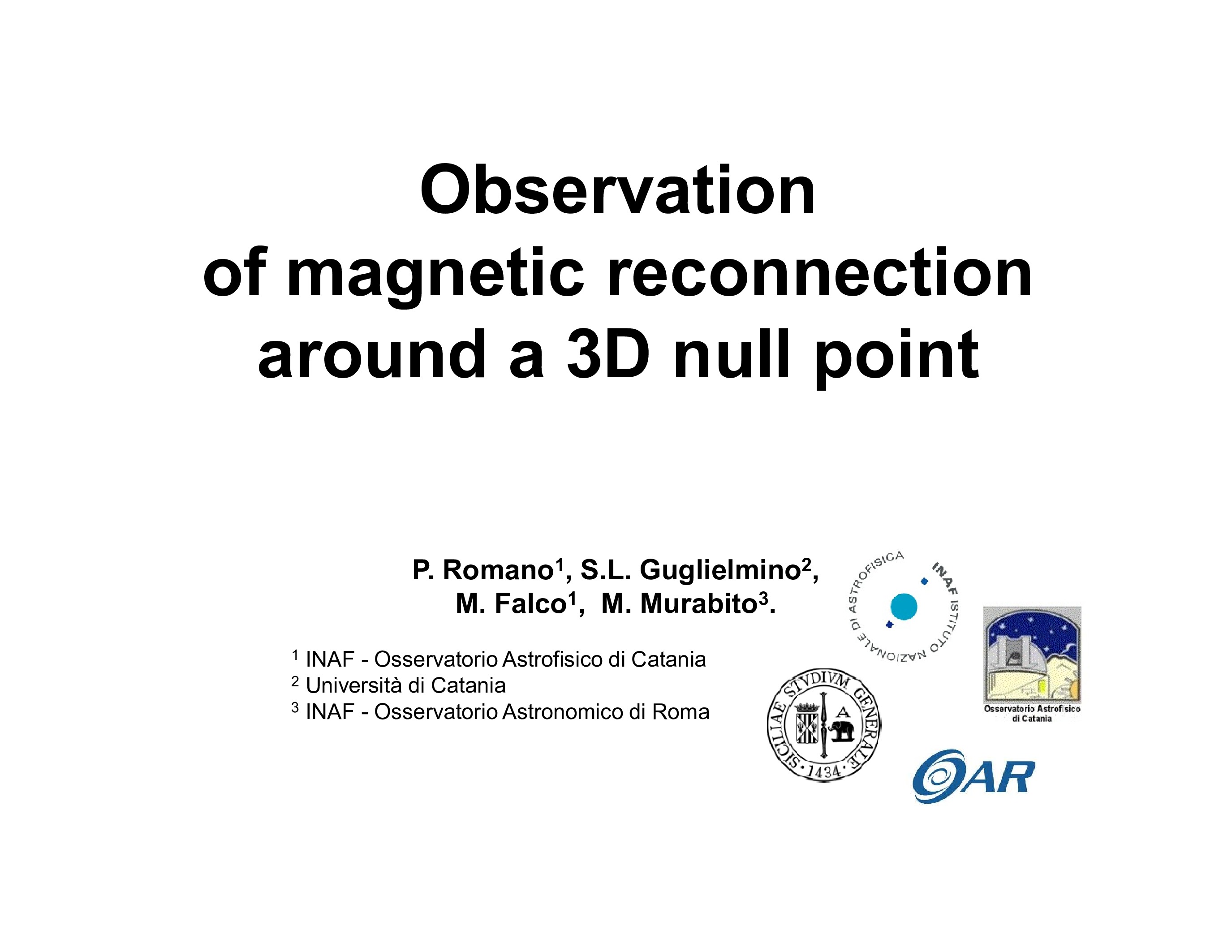
Session: 7. Solar Flares and Eruptive Filaments
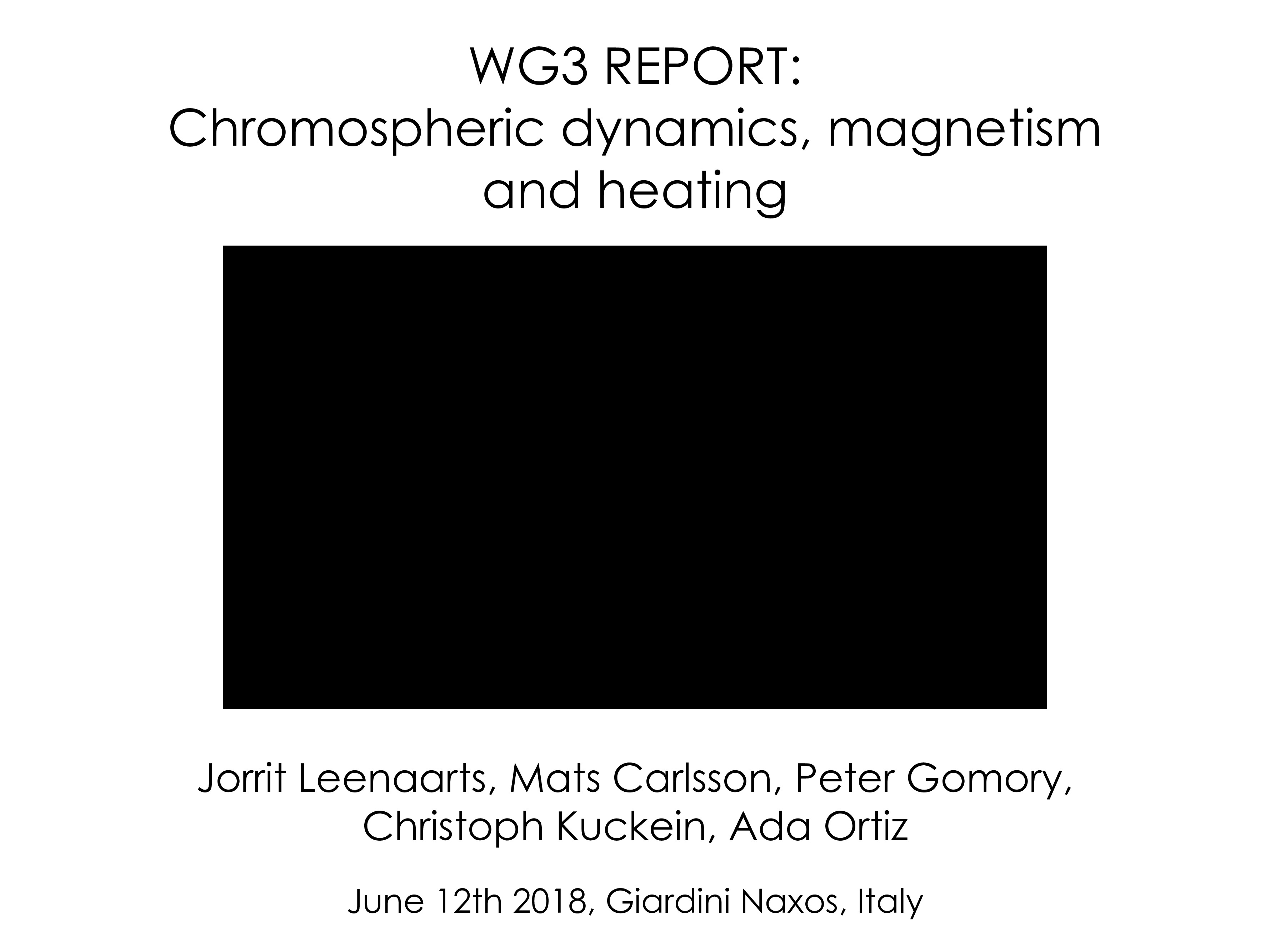
Session: 4. Chromospheric Dynamics and Heating
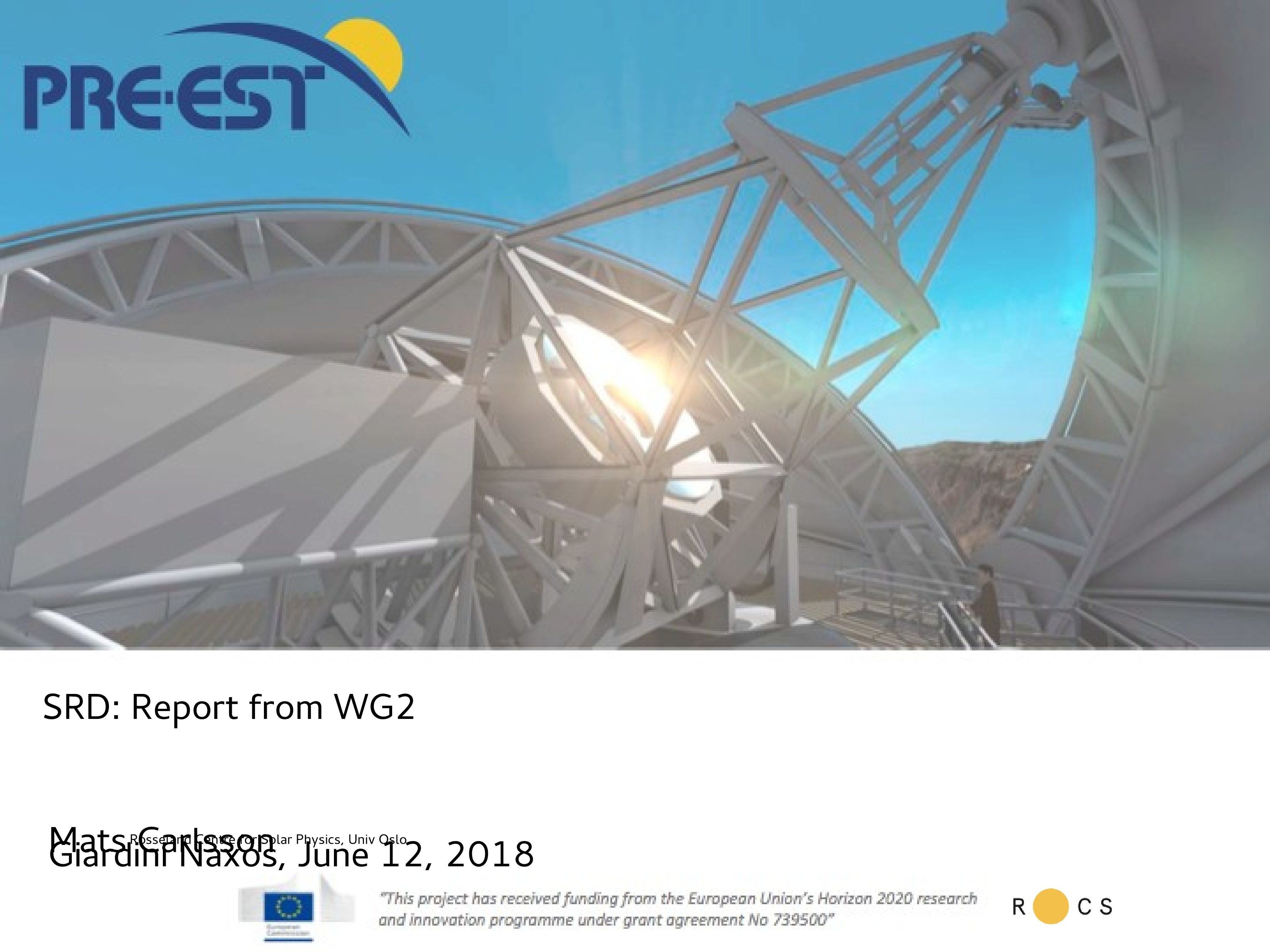
Session: 3. Wave Coupling throughout the Solar Atmosphere
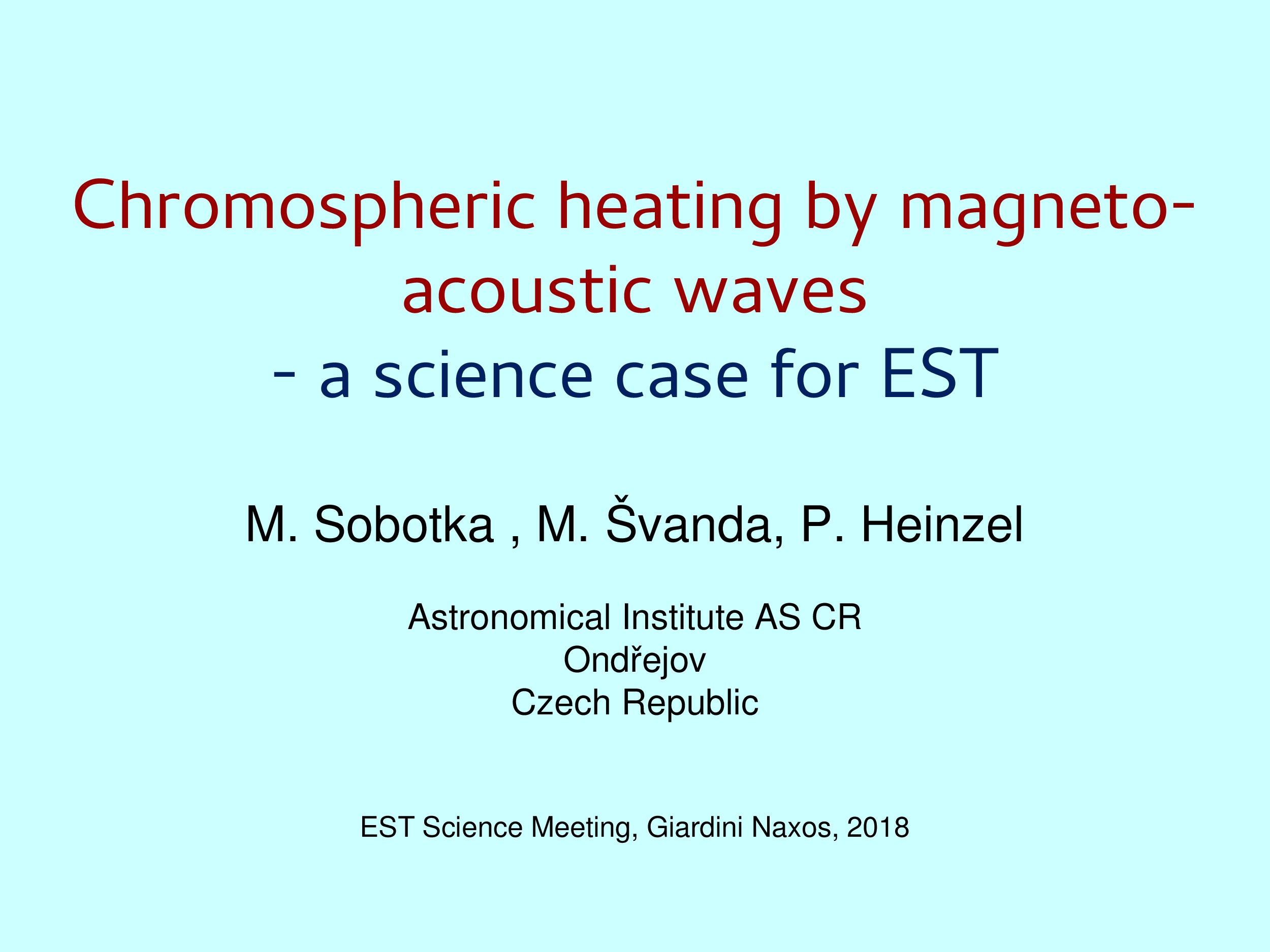
Session: 4. Chromospheric Dynamics and Heating
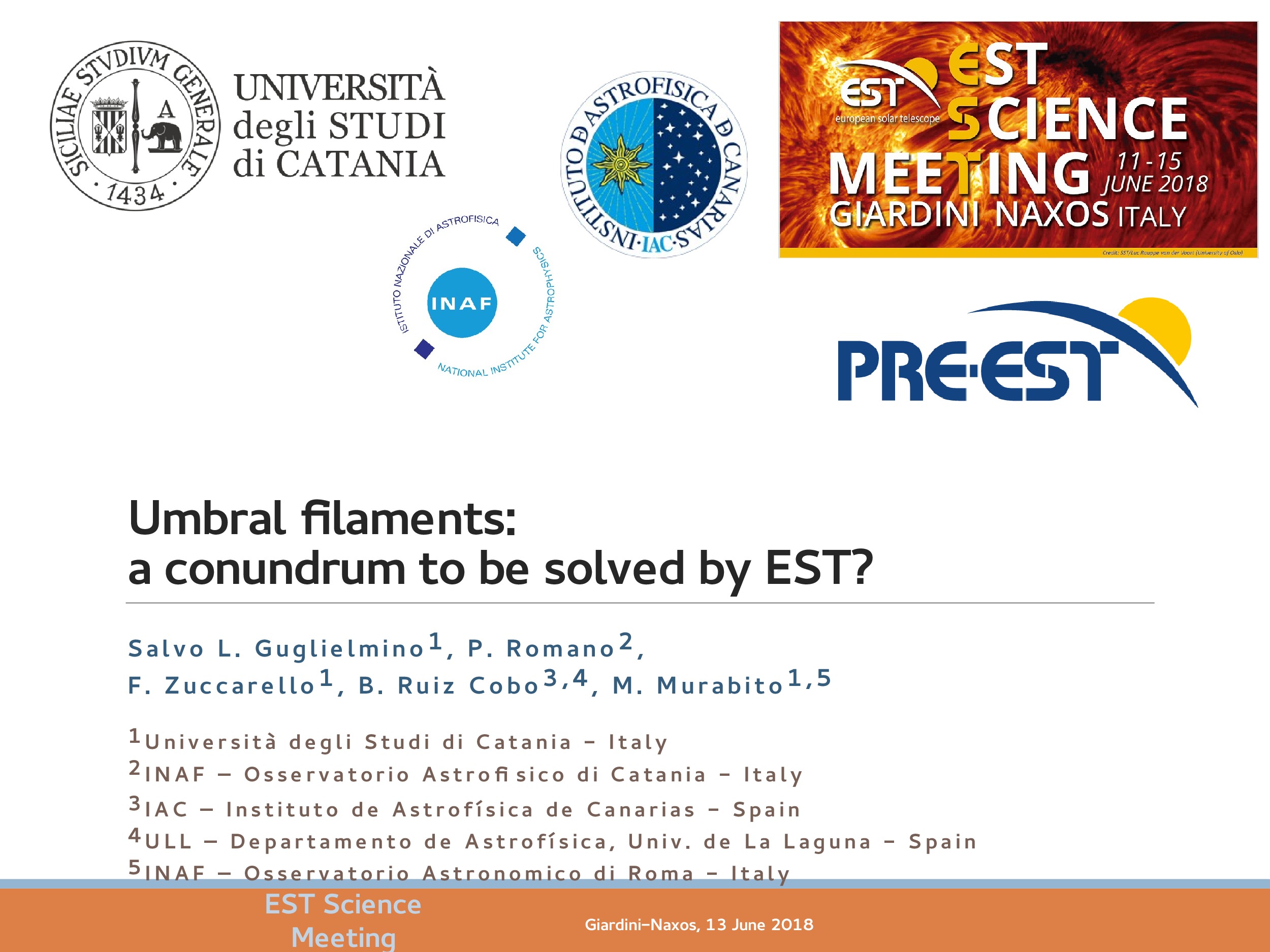
Session: 5. Large Scale Dynamic Structures: Sunspots, Prominences and Filaments
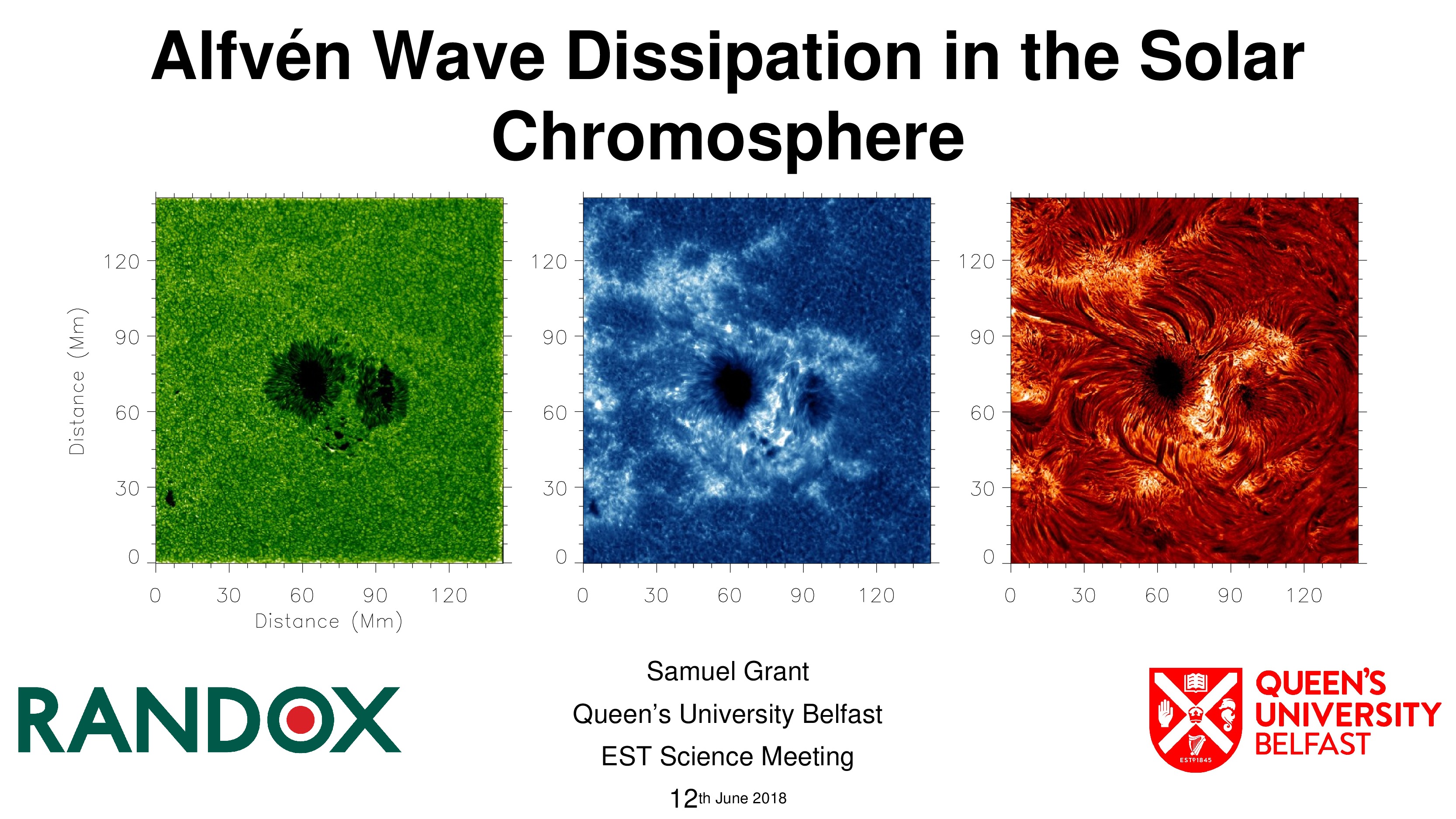
Session: 3. Wave Coupling throughout the Solar Atmosphere
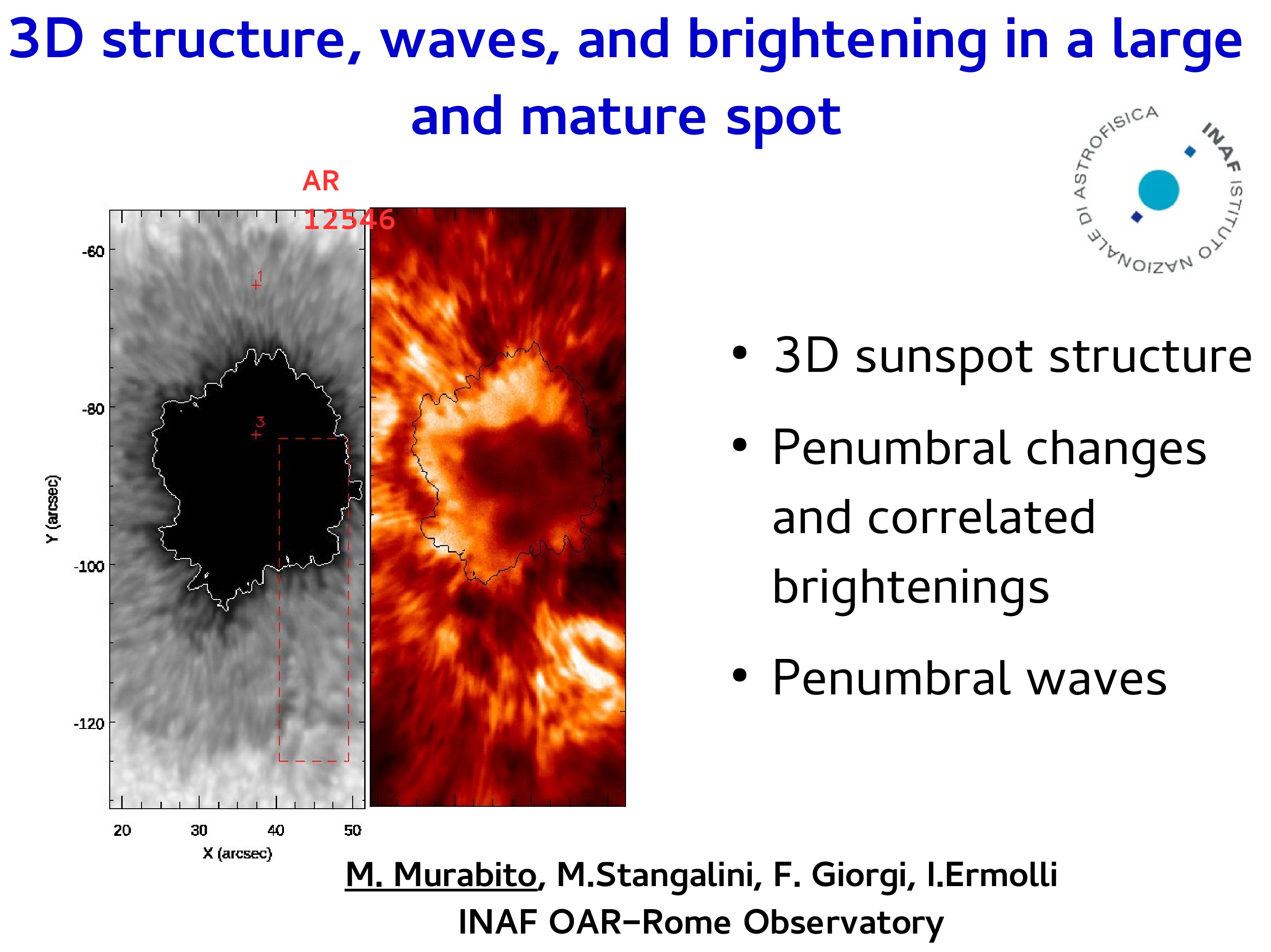
Session: 5. Large Scale Dynamic Structures: Sunspots, Prominences and Filaments
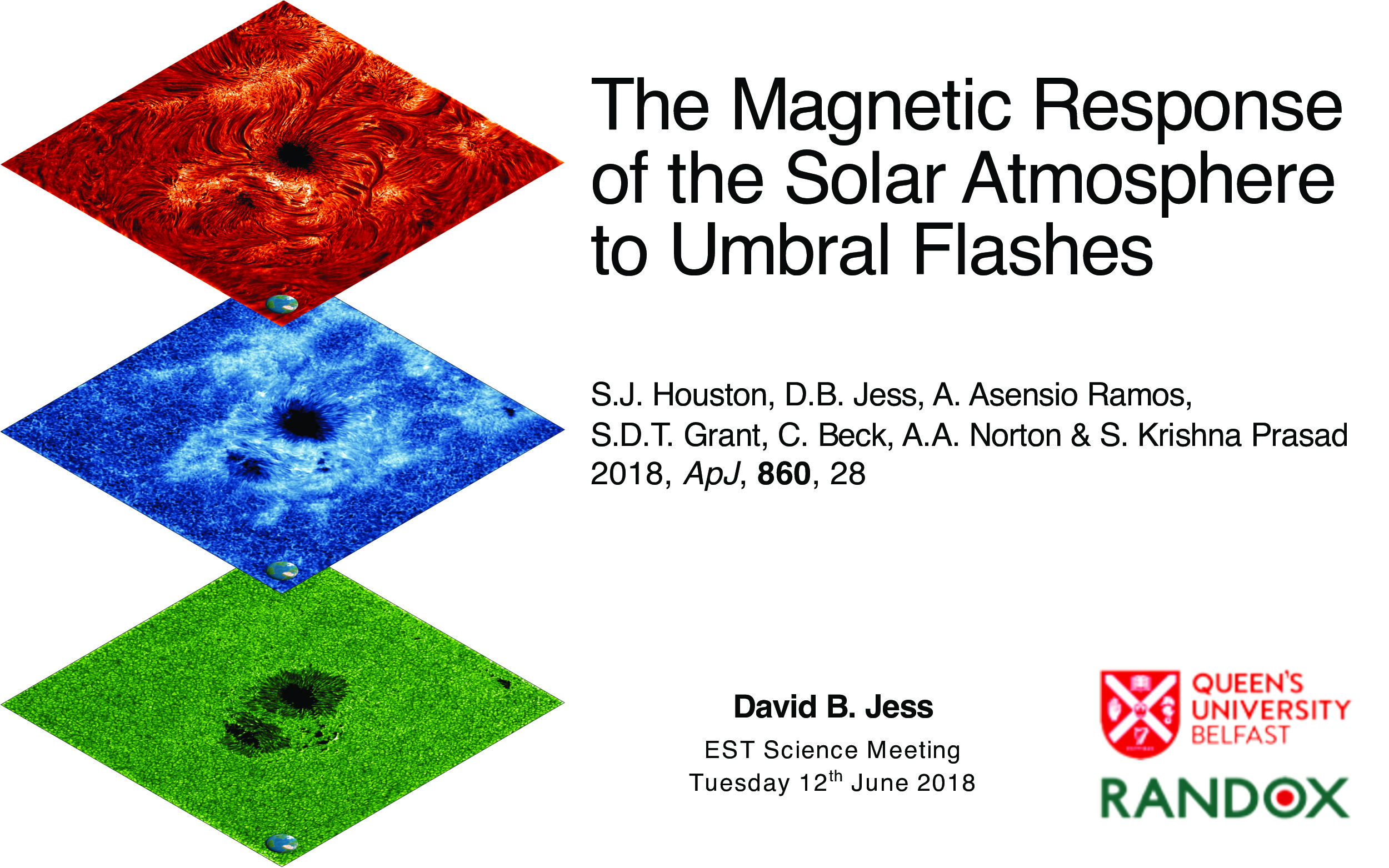

Session: 3. Wave Coupling throughout the Solar Atmosphere
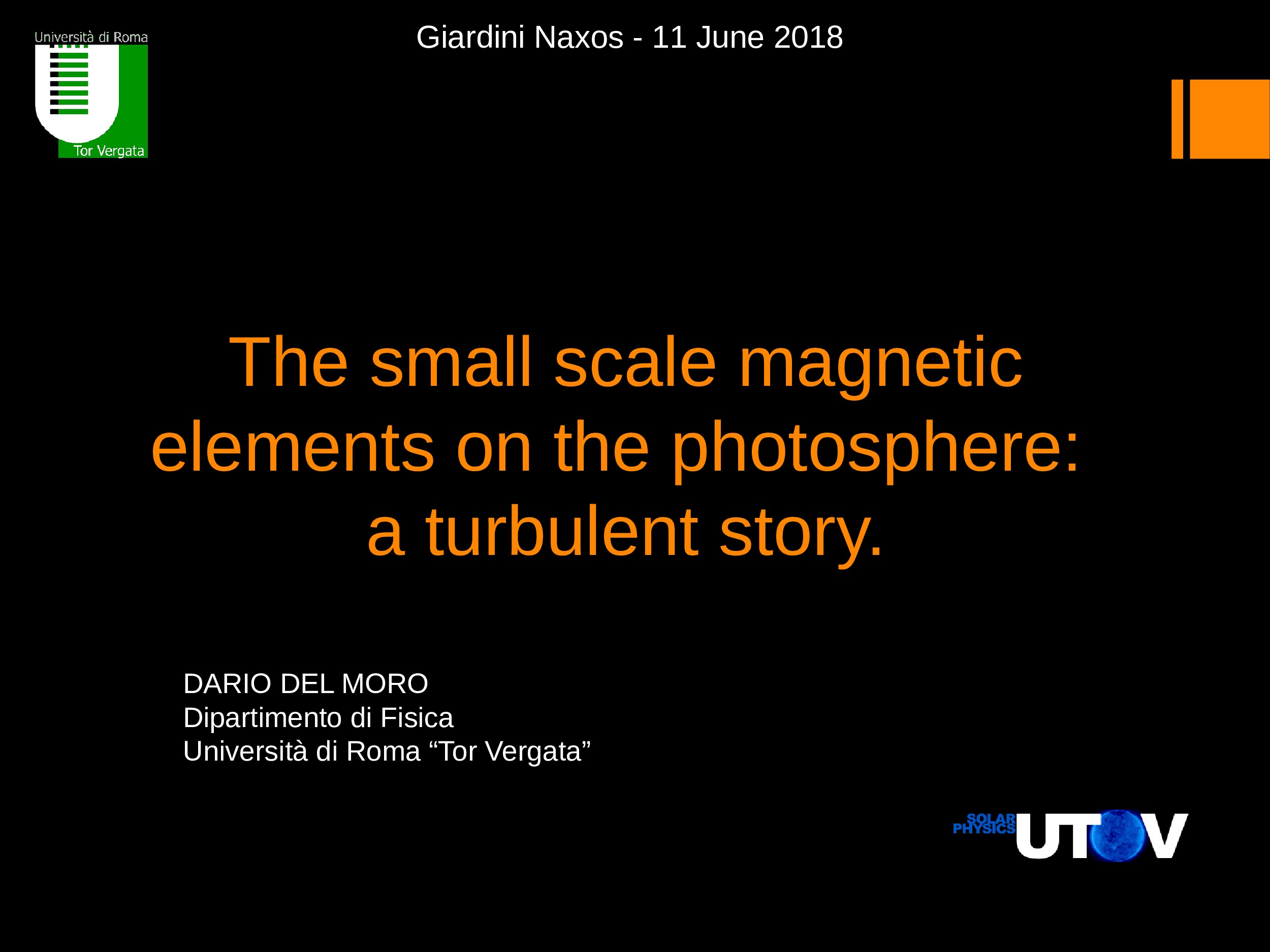

Session: 2. Structure and Evolution of Magnetic Flux
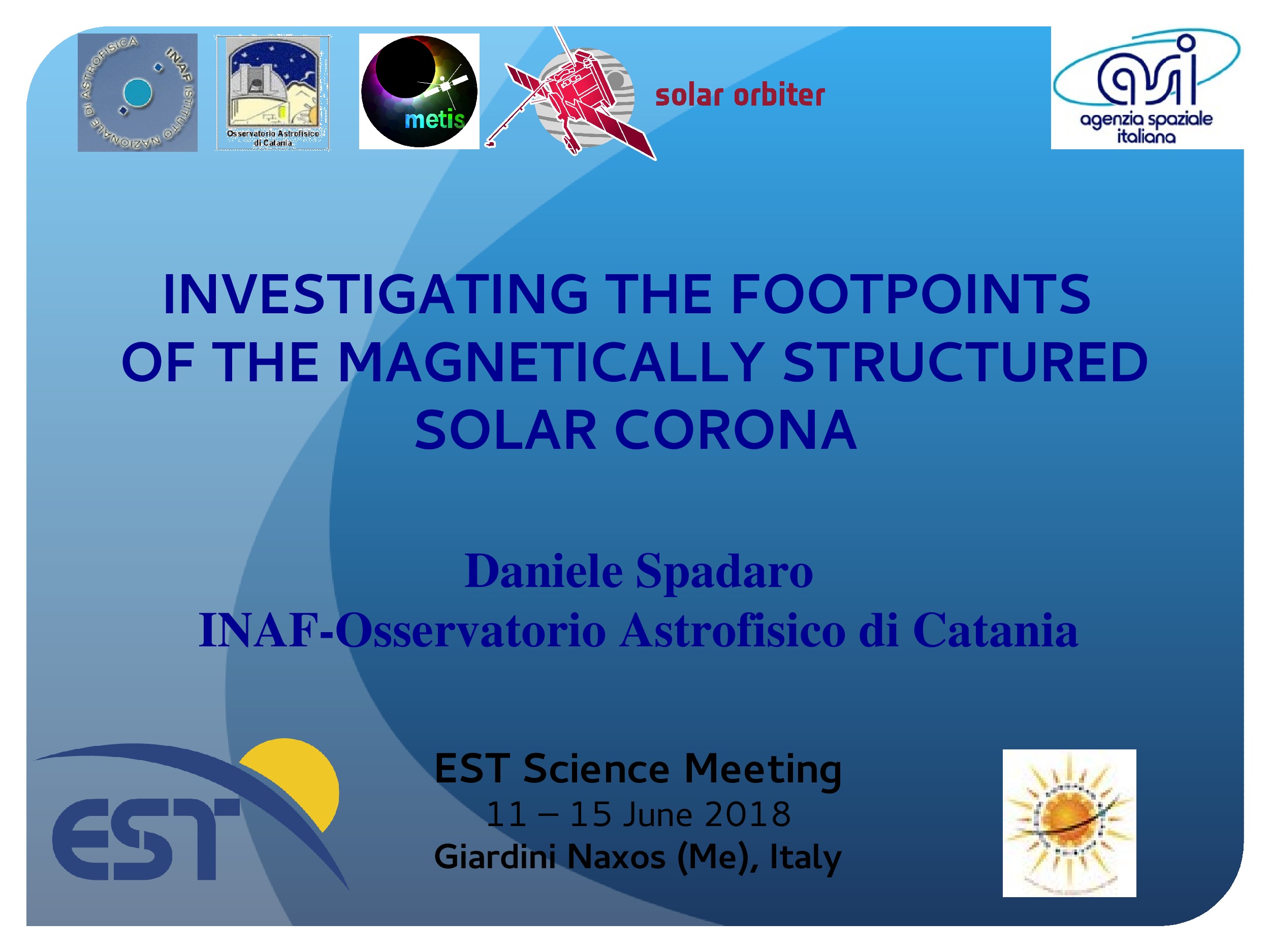
Session: 6. The Solar Corona
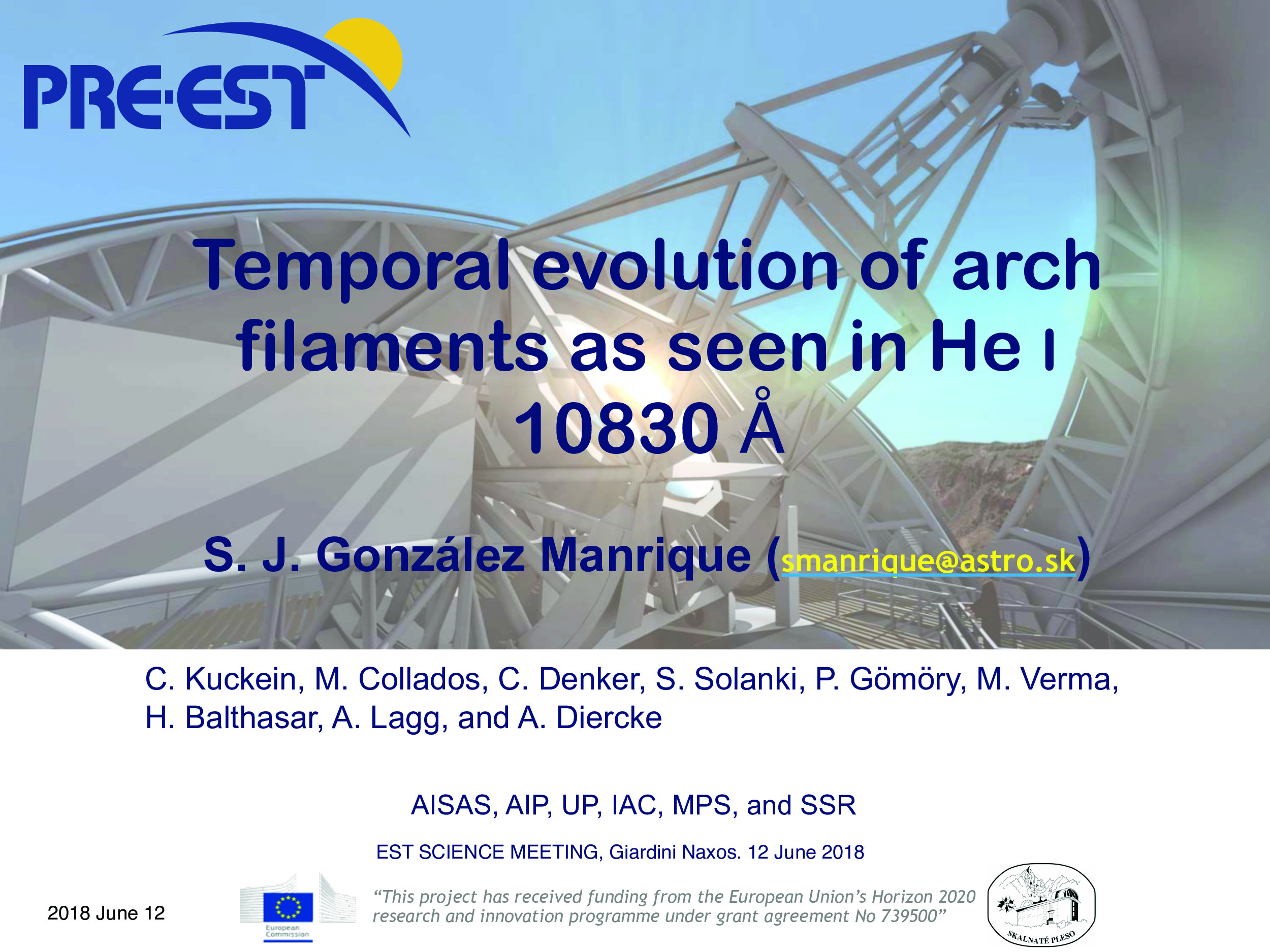
Session: 4. Chromospheric Dynamics and Heating
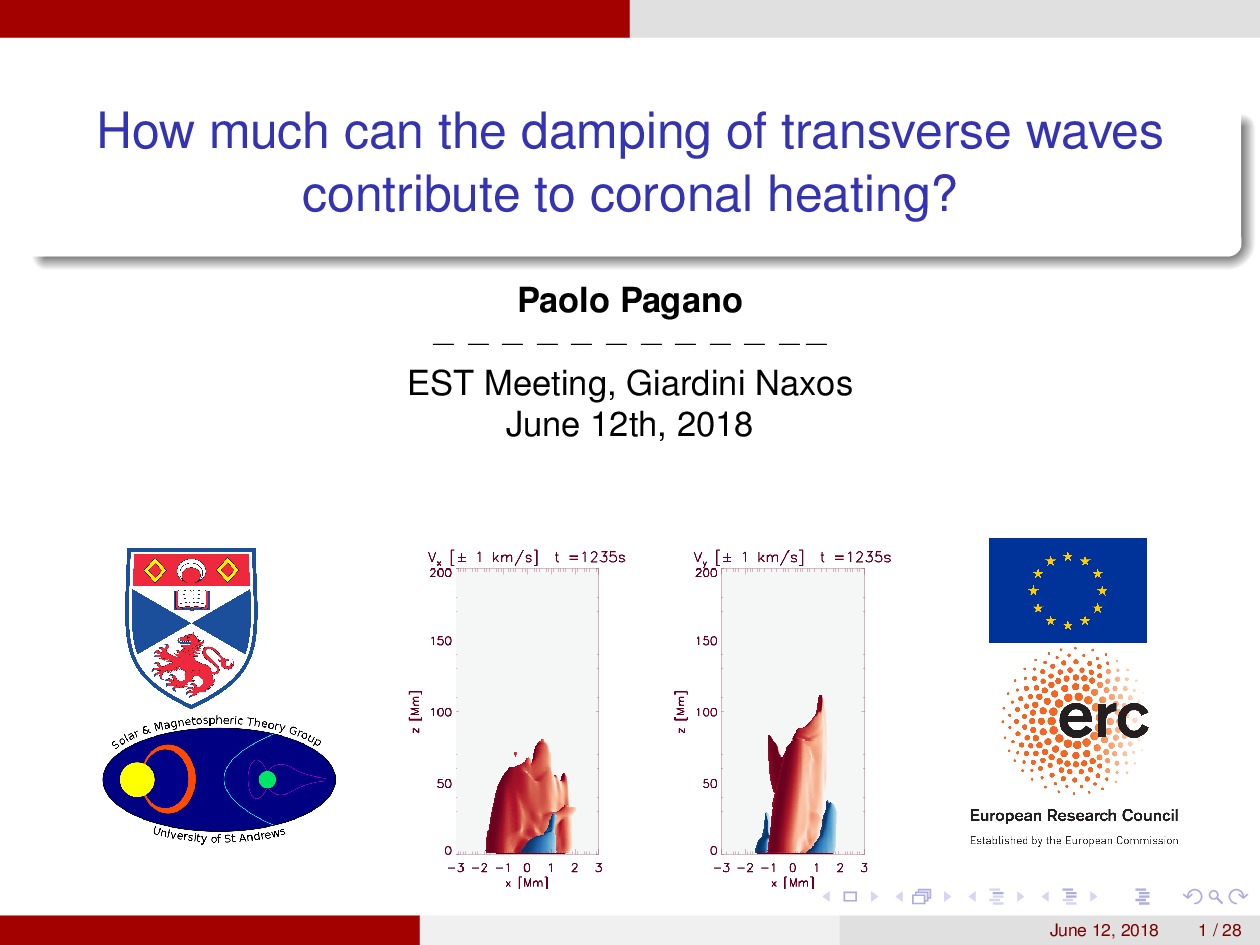
Session: 3. Wave Coupling throughout the Solar Atmosphere
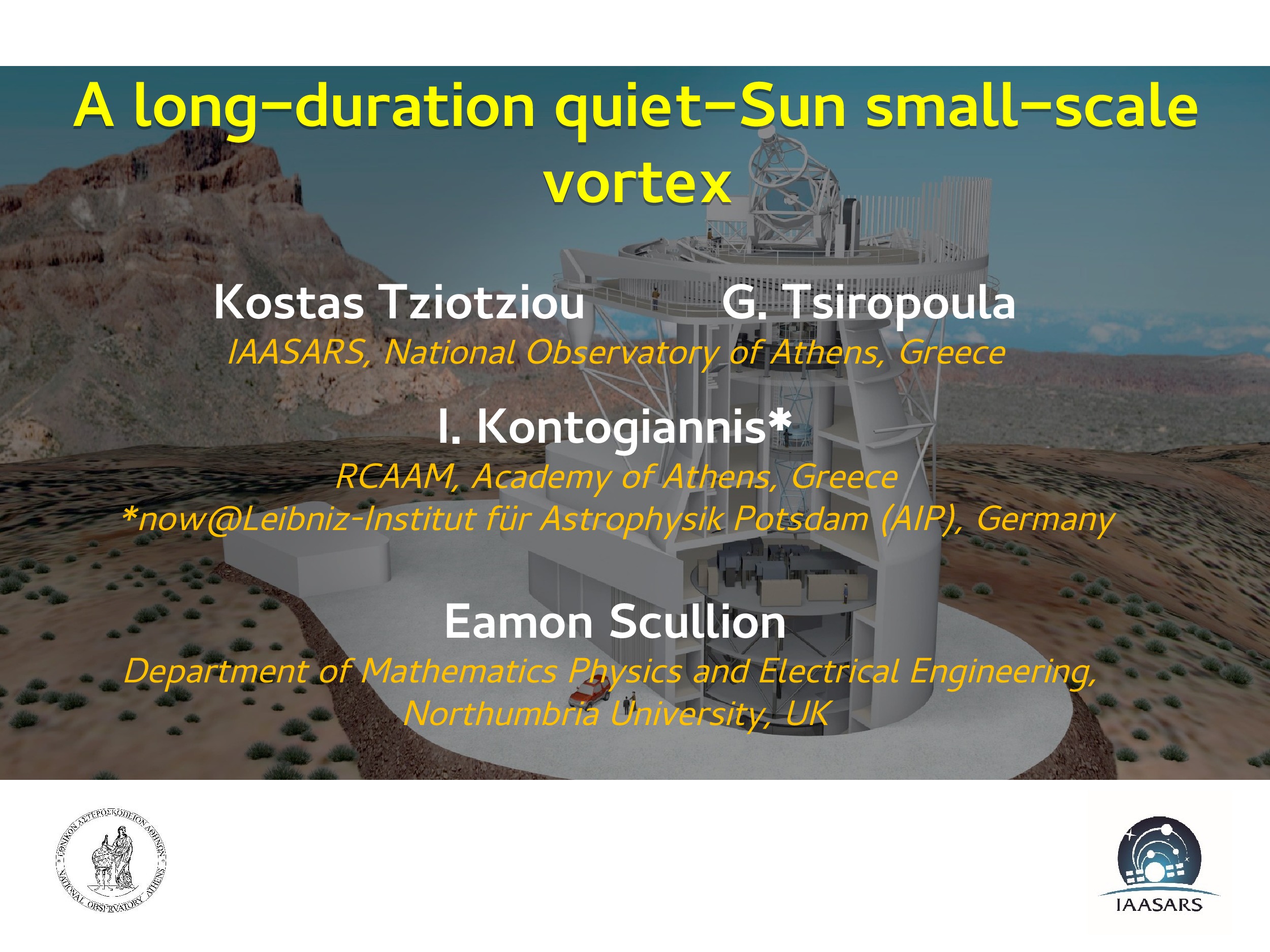
Session: 4. Chromospheric Dynamics and Heating
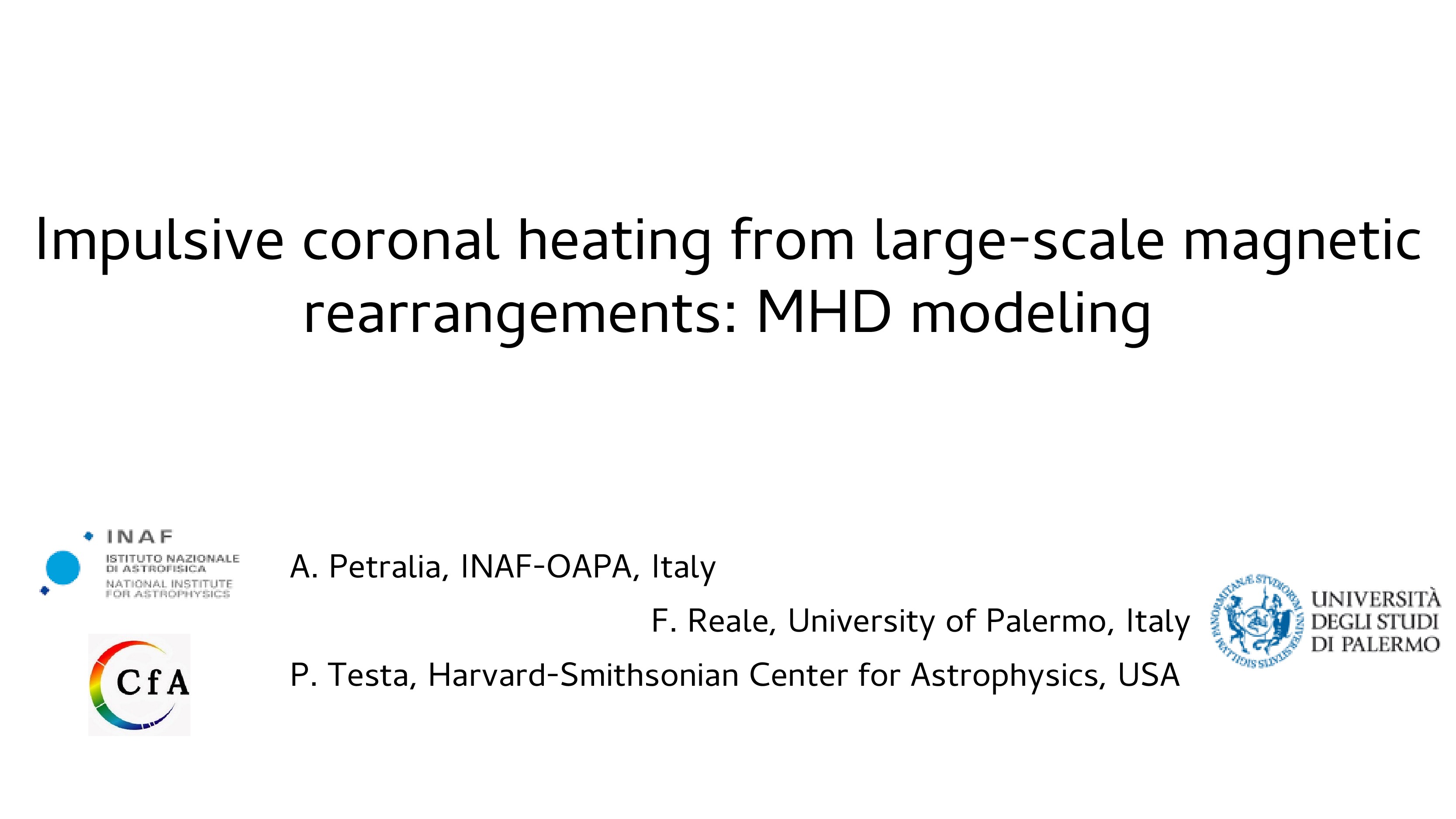
Session: 6. The Solar Corona
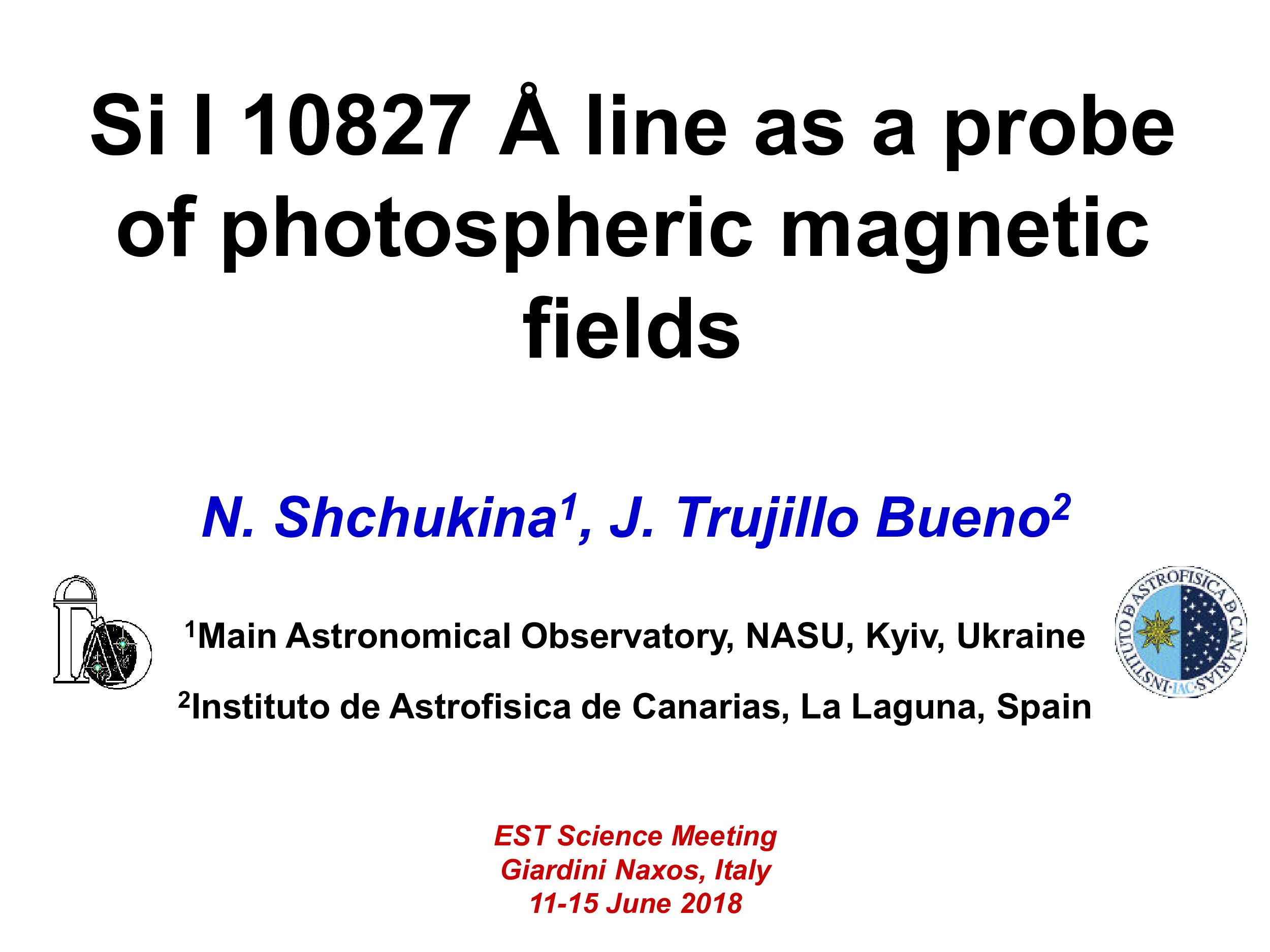

Session: 8. Scattering Physics and Hanle - Zeeman Diagnostics
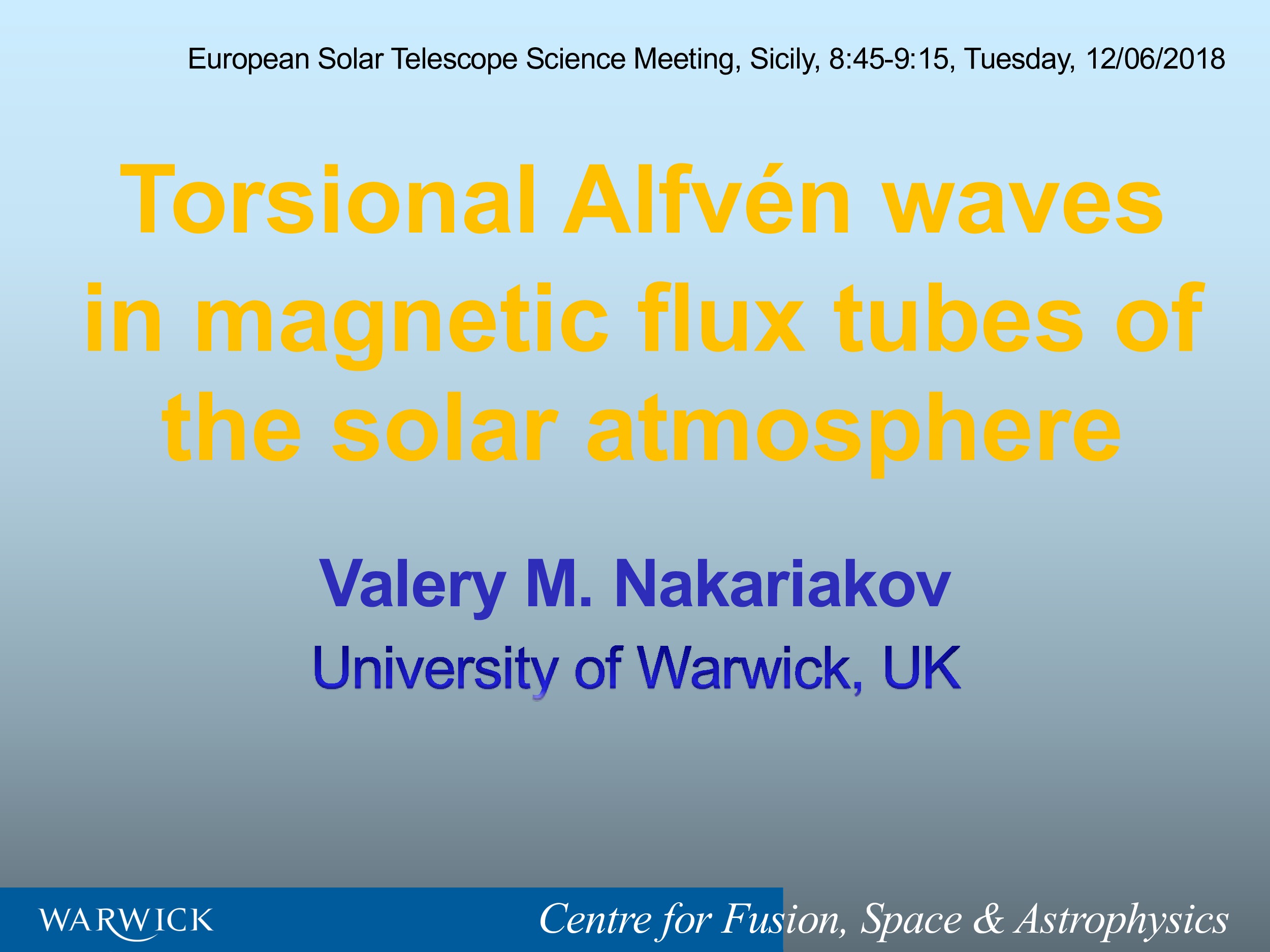
Session: 1. The State-of-the-Art of the EST Project
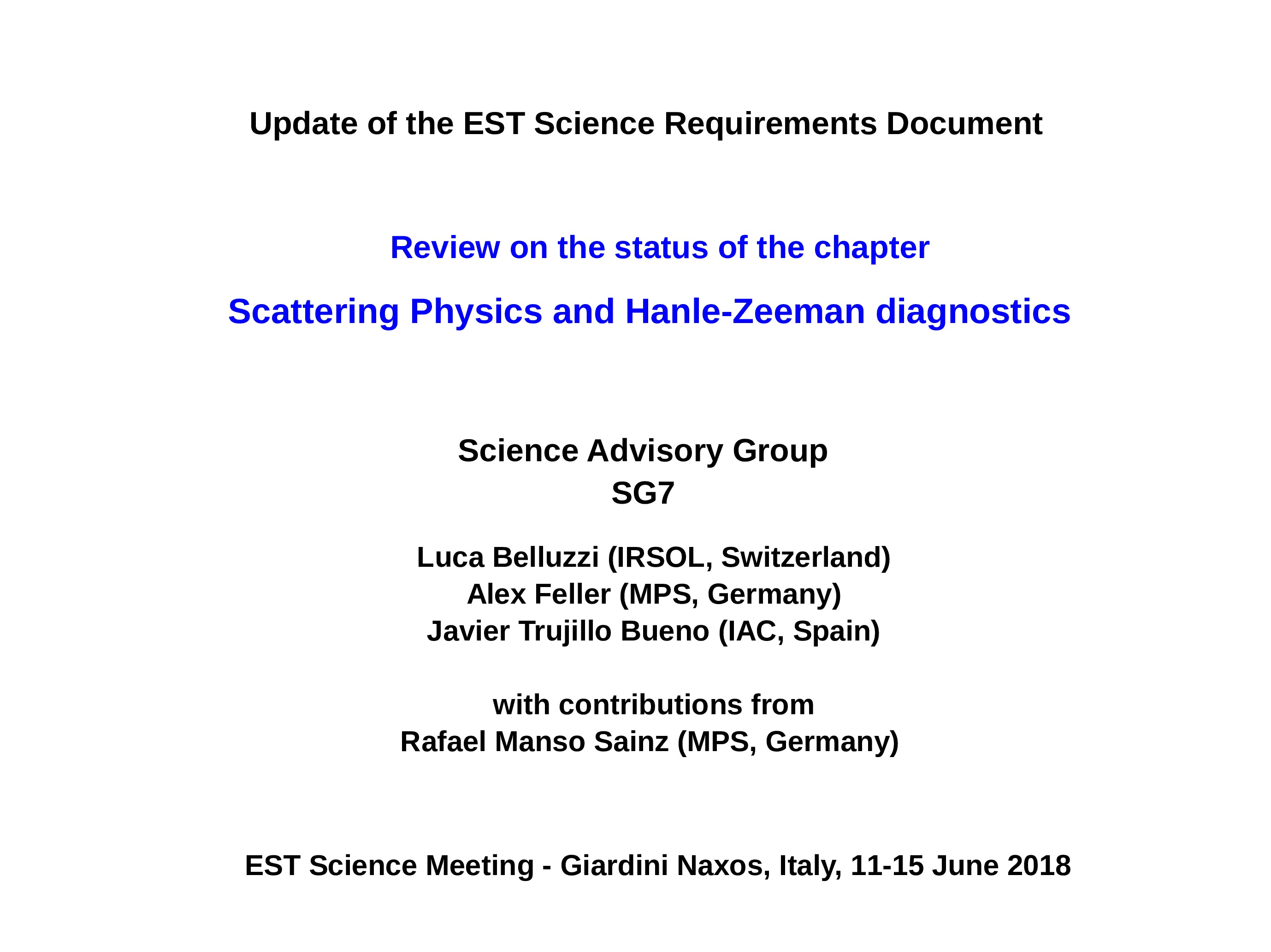
Session: 8. Scattering Physics and Hanle - Zeeman Diagnostics
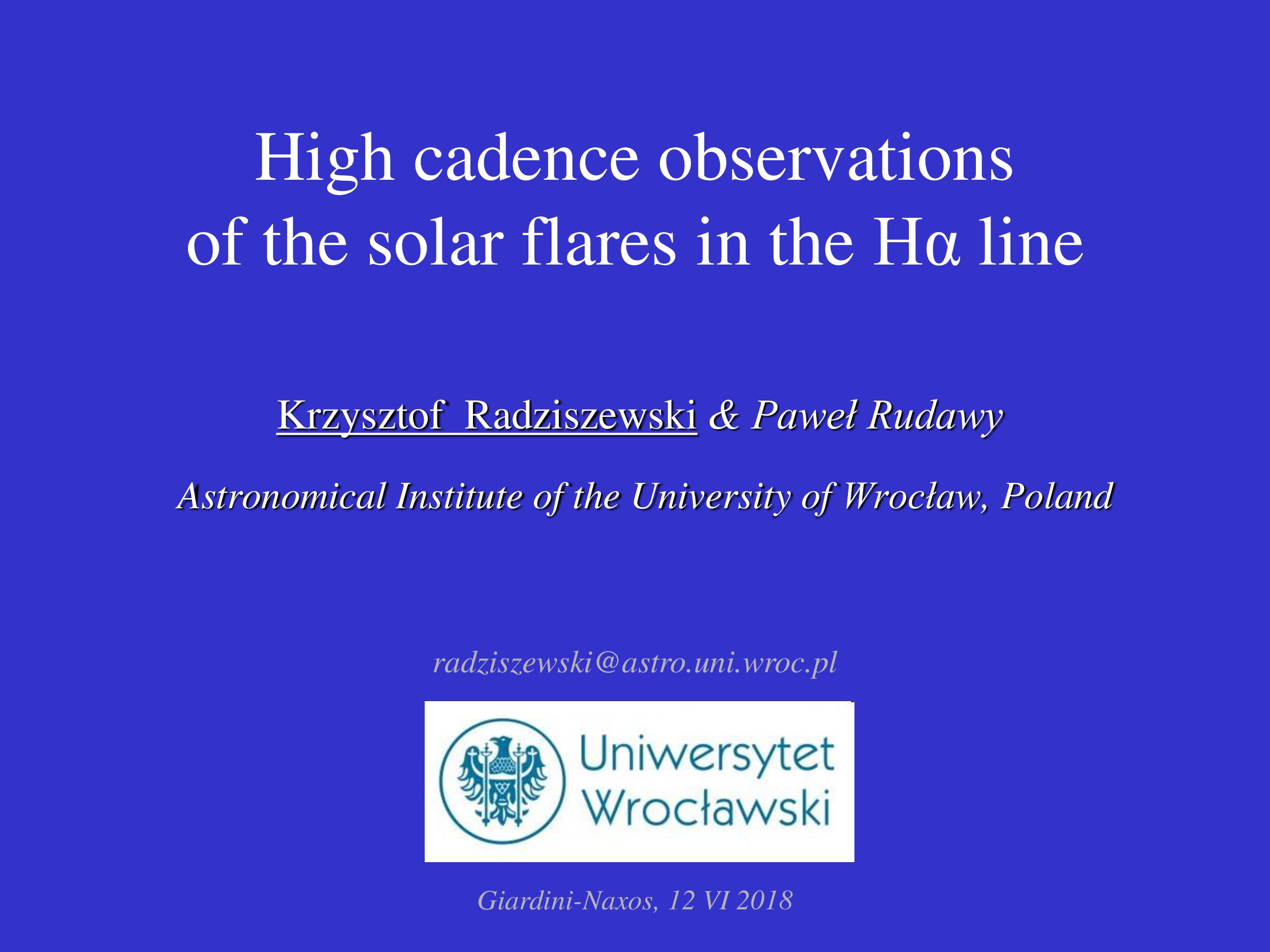
Session: 4. Chromospheric Dynamics and Heating
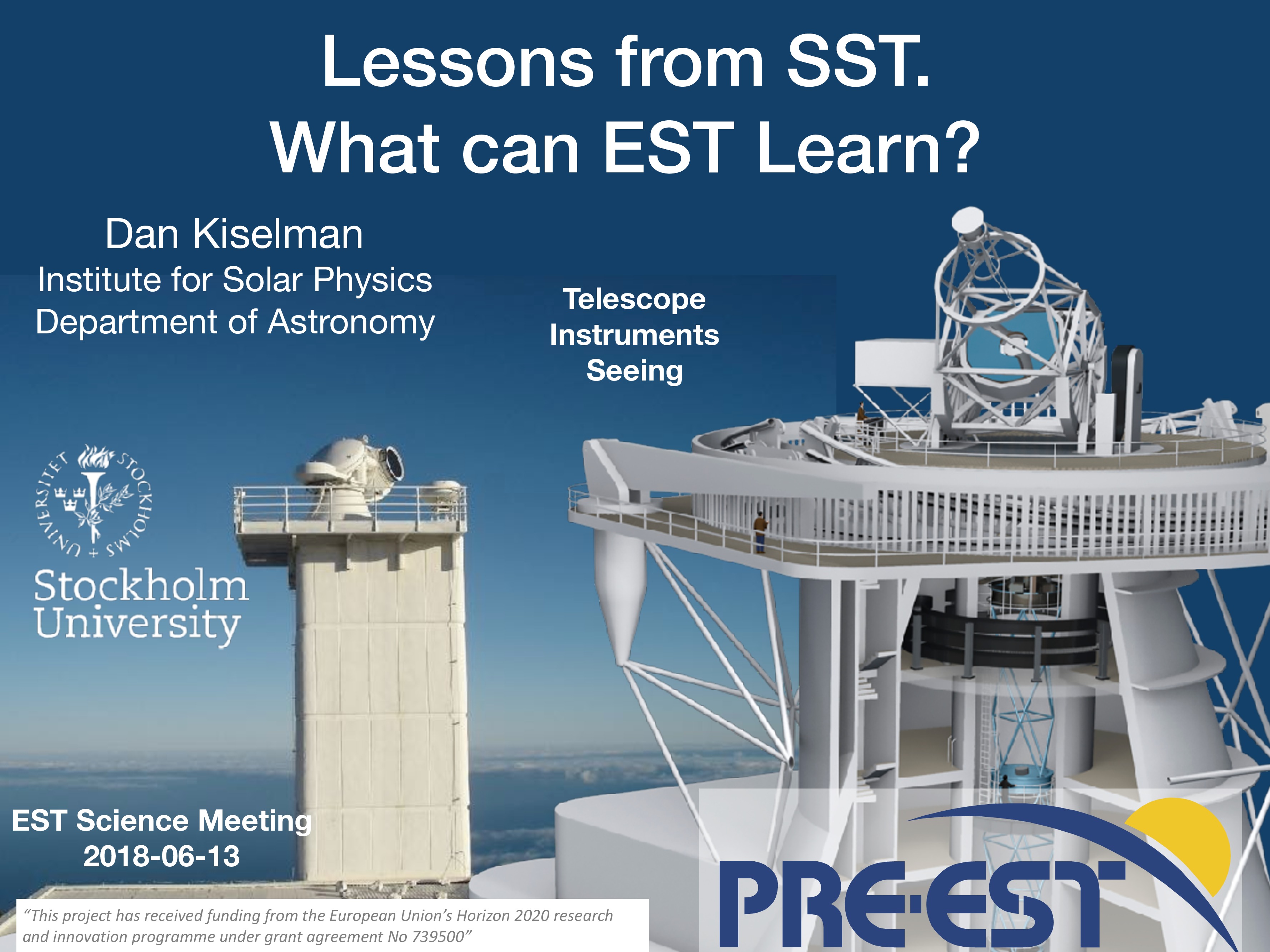
Session: 5. Large Scale Dynamic Structures: Sunspots, Prominences and Filaments
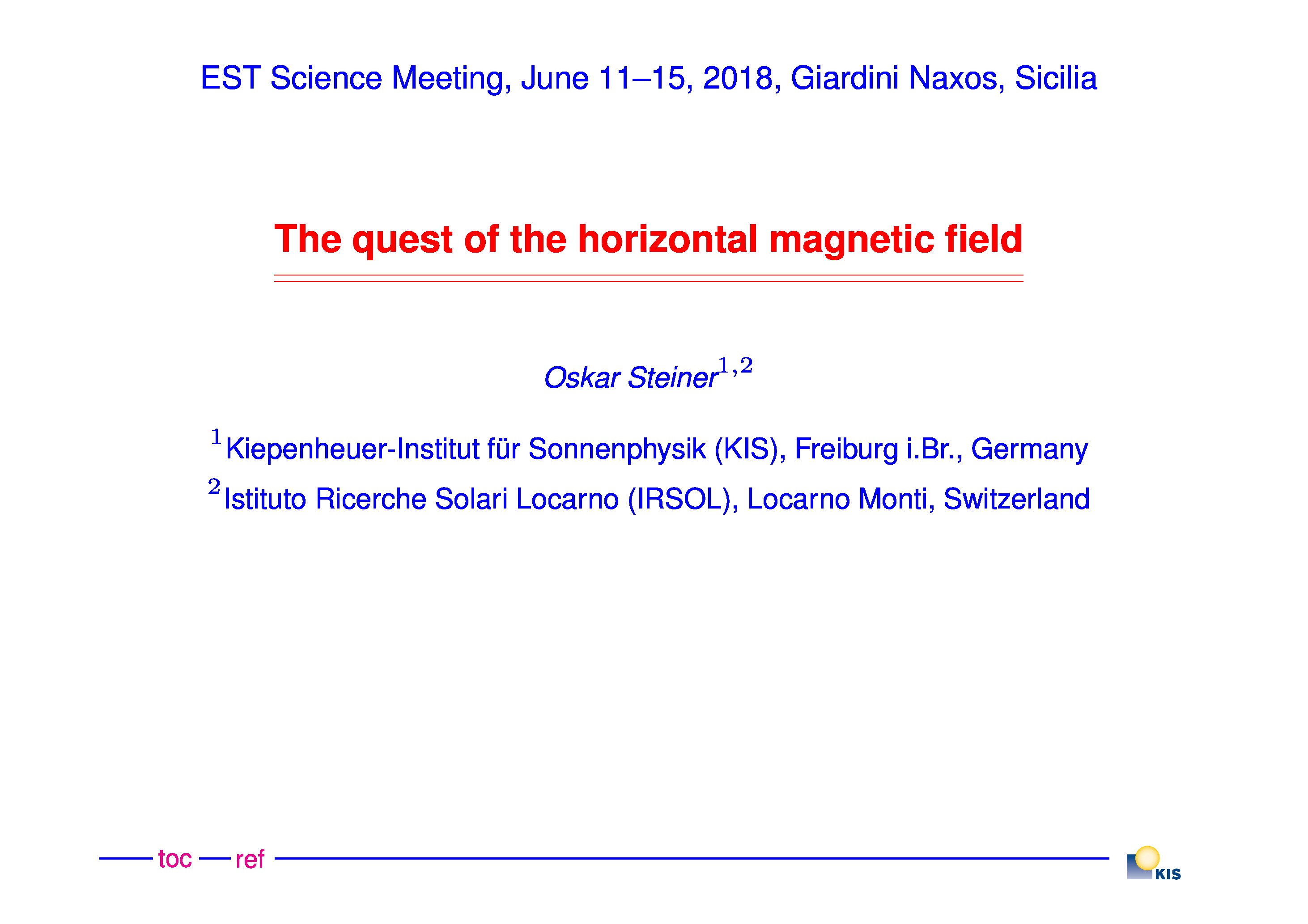
Session: 1. The State-of-the-Art of the EST Project
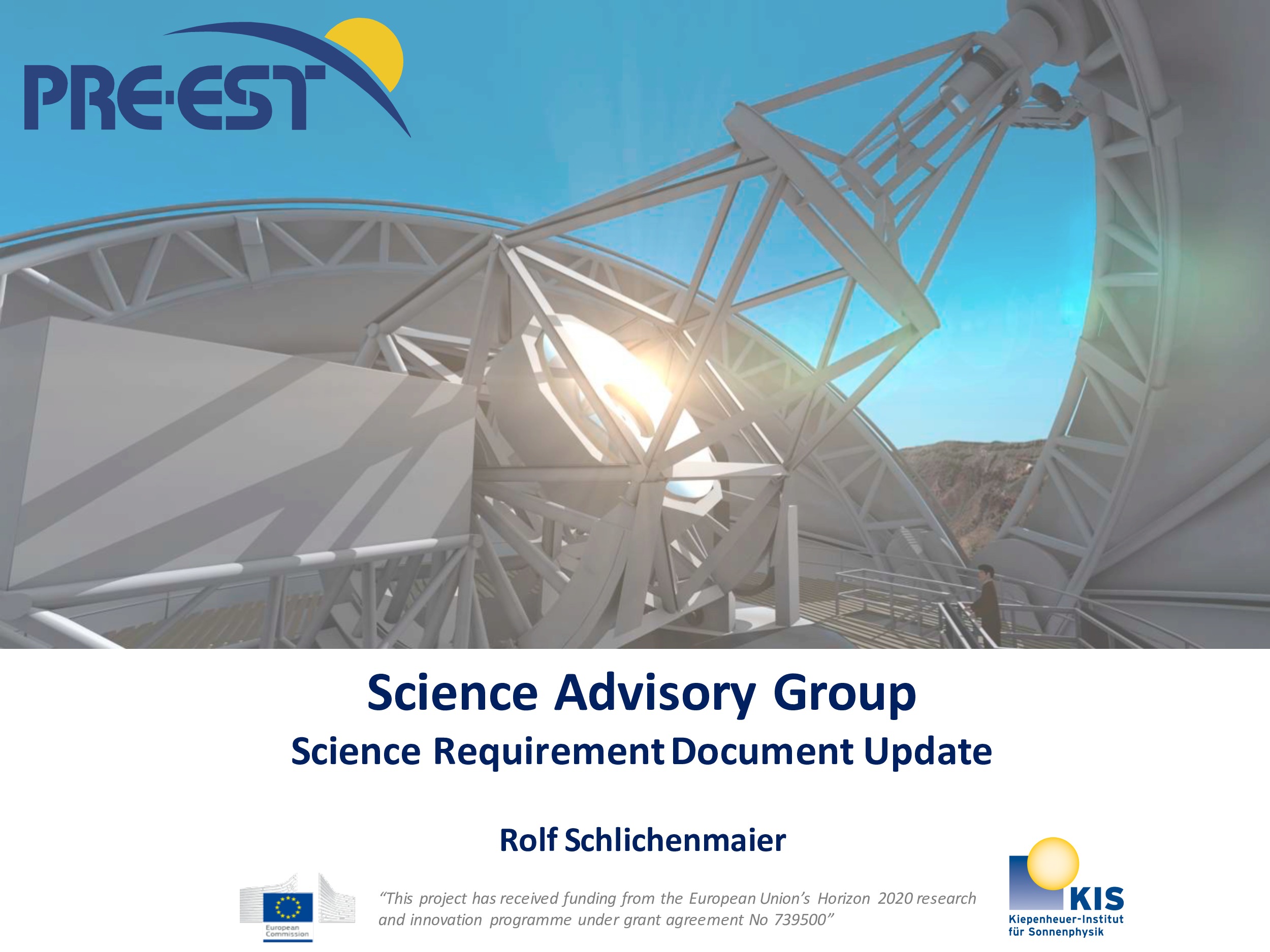
Session: 1. The State-of-the-Art of the EST Project
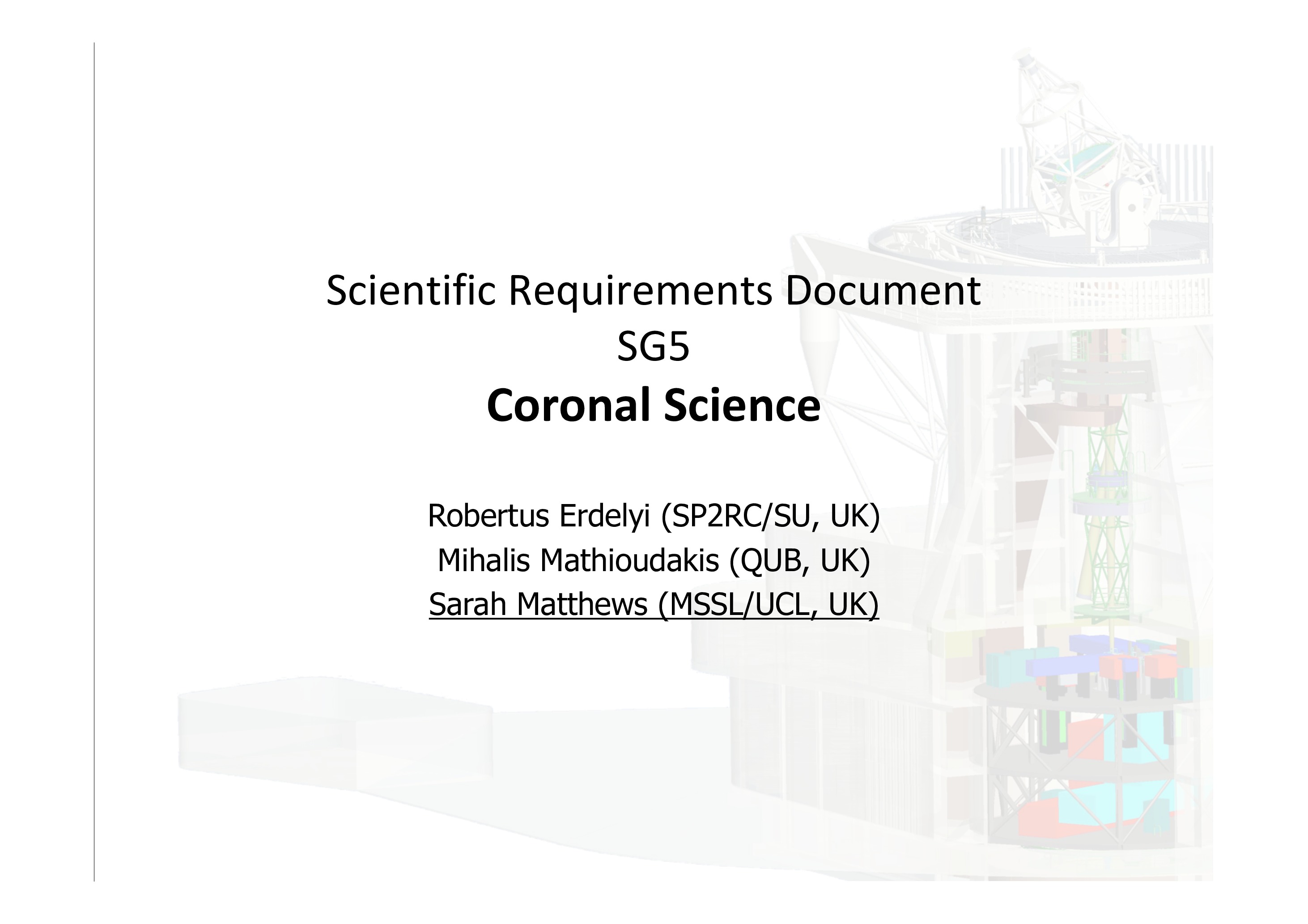

Session: 6. The Solar Corona
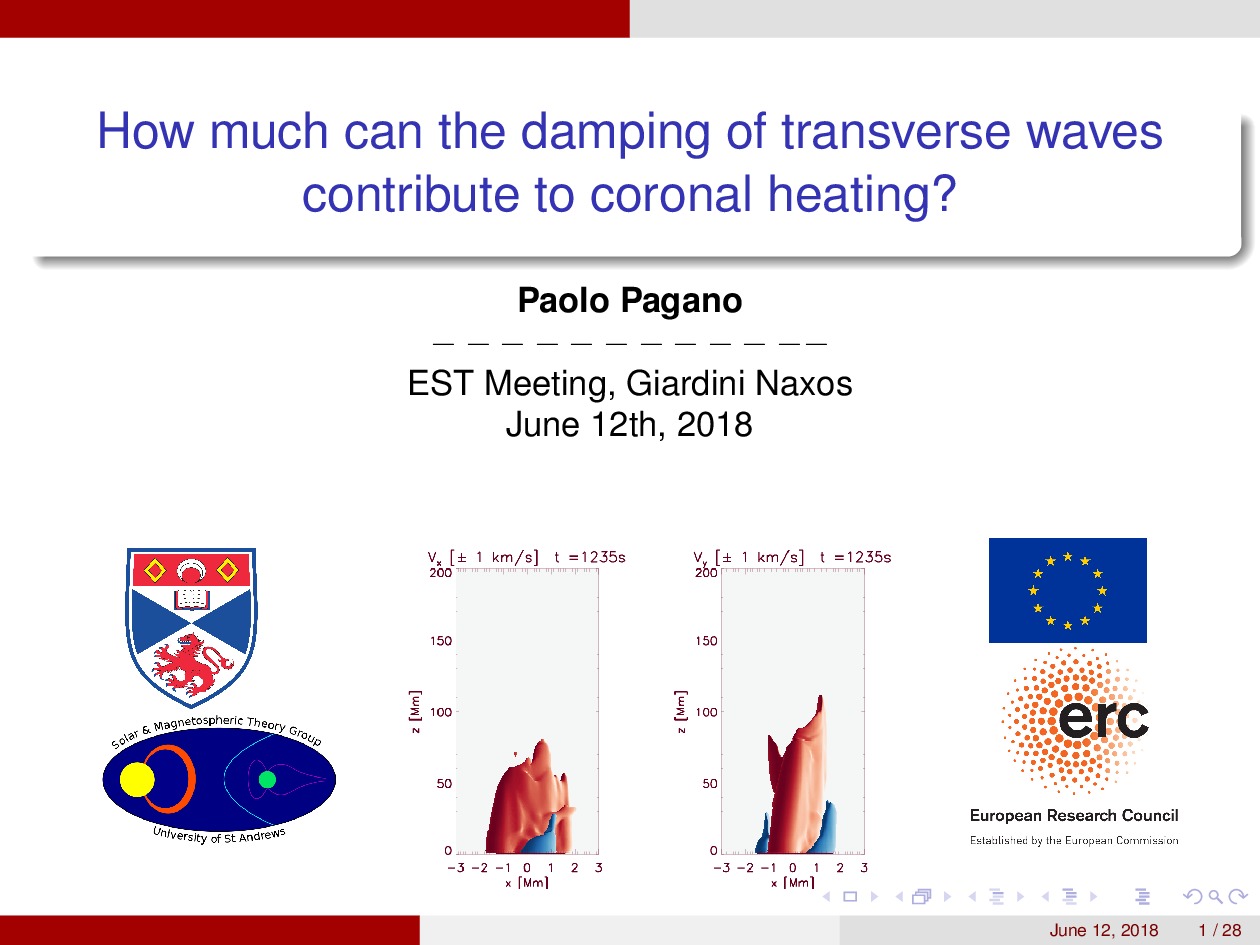
Session: 3. Wave Coupling throughout the Solar Atmosphere
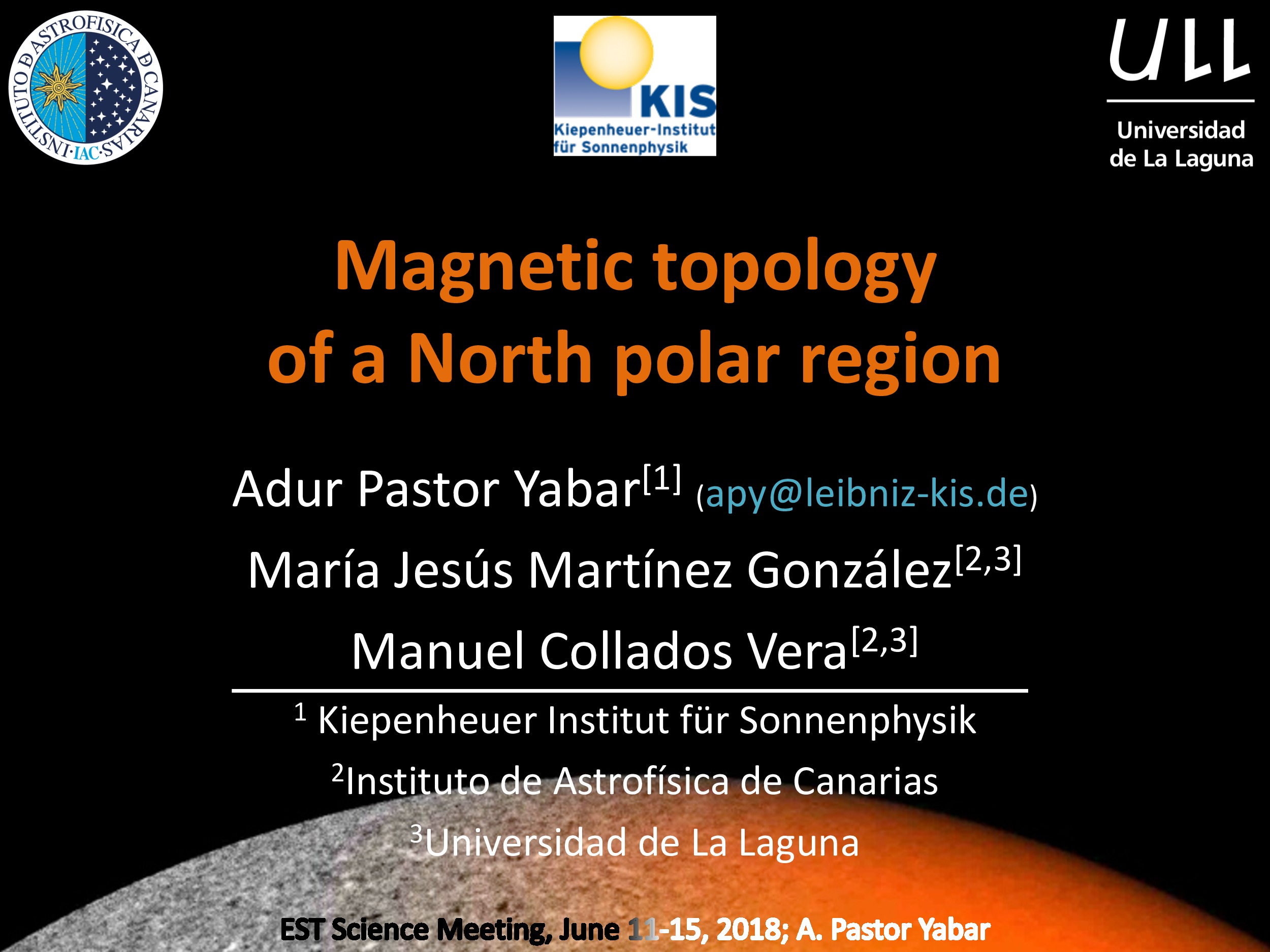
Session: 2. Structure and Evolution of Magnetic Flux
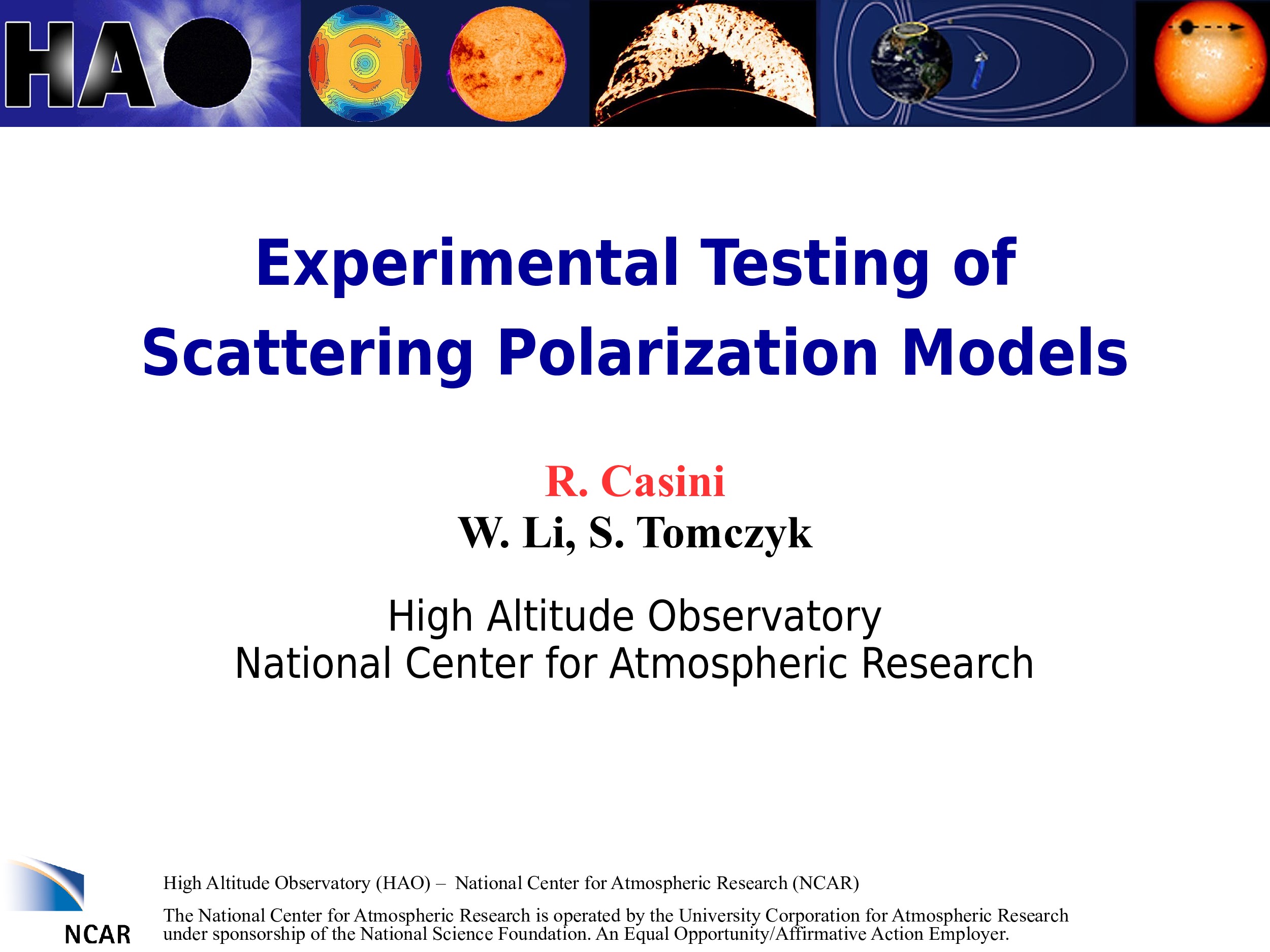
Session: 8. Scattering Physics and Hanle - Zeeman Diagnostics
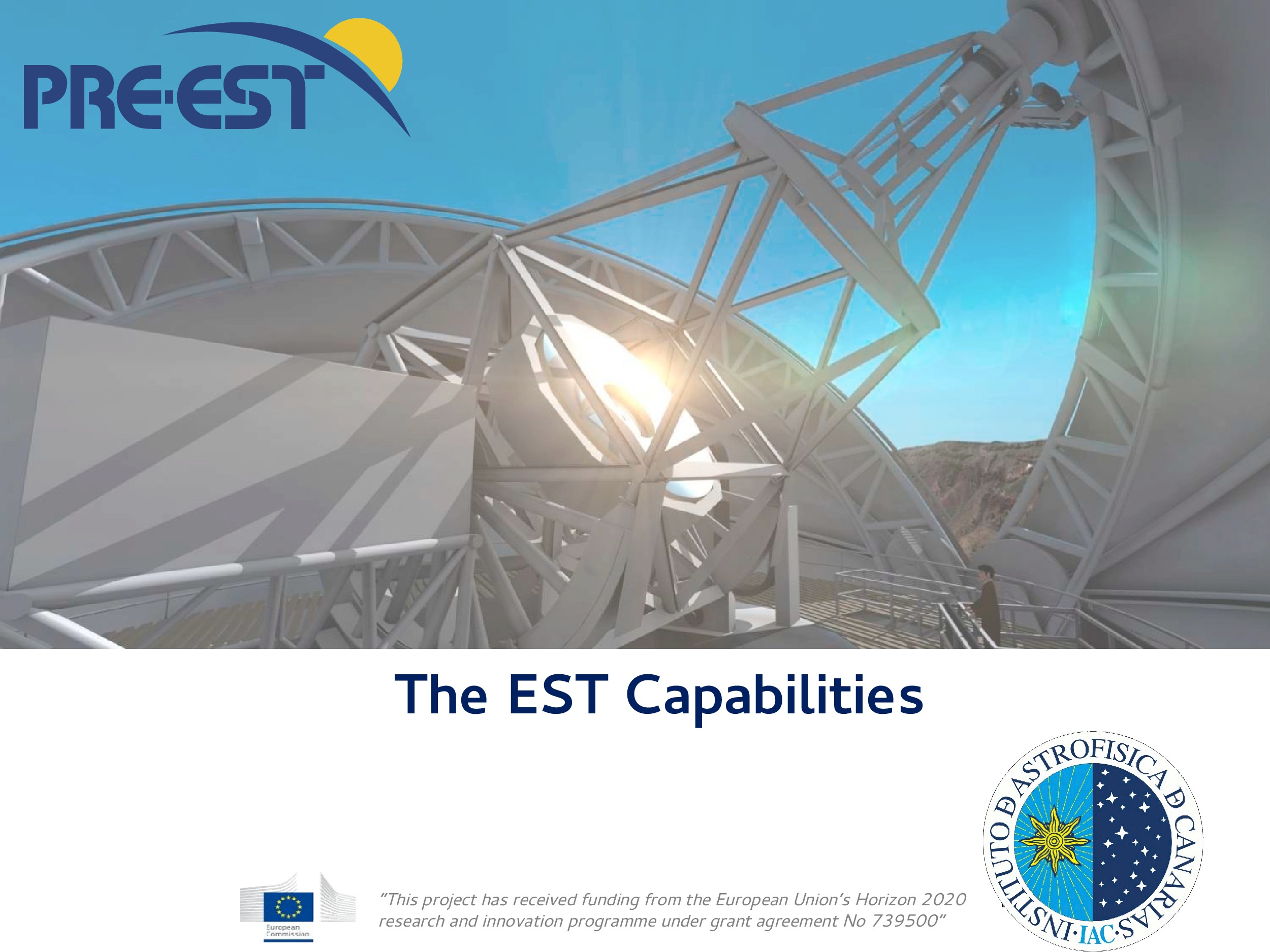
Session: 1. The State-of-the-Art of the EST Project
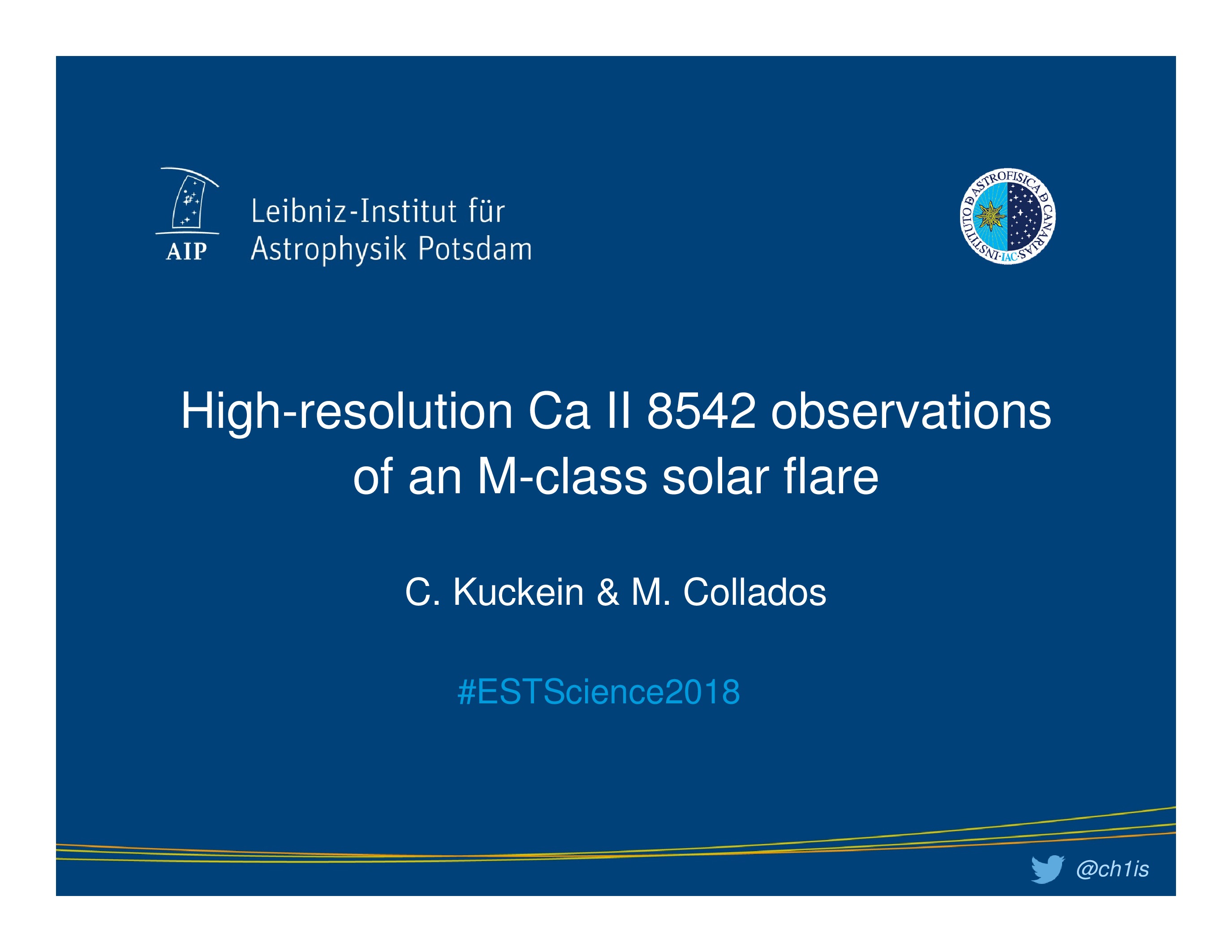
Session: 7. Solar Flares and Eruptive Filaments
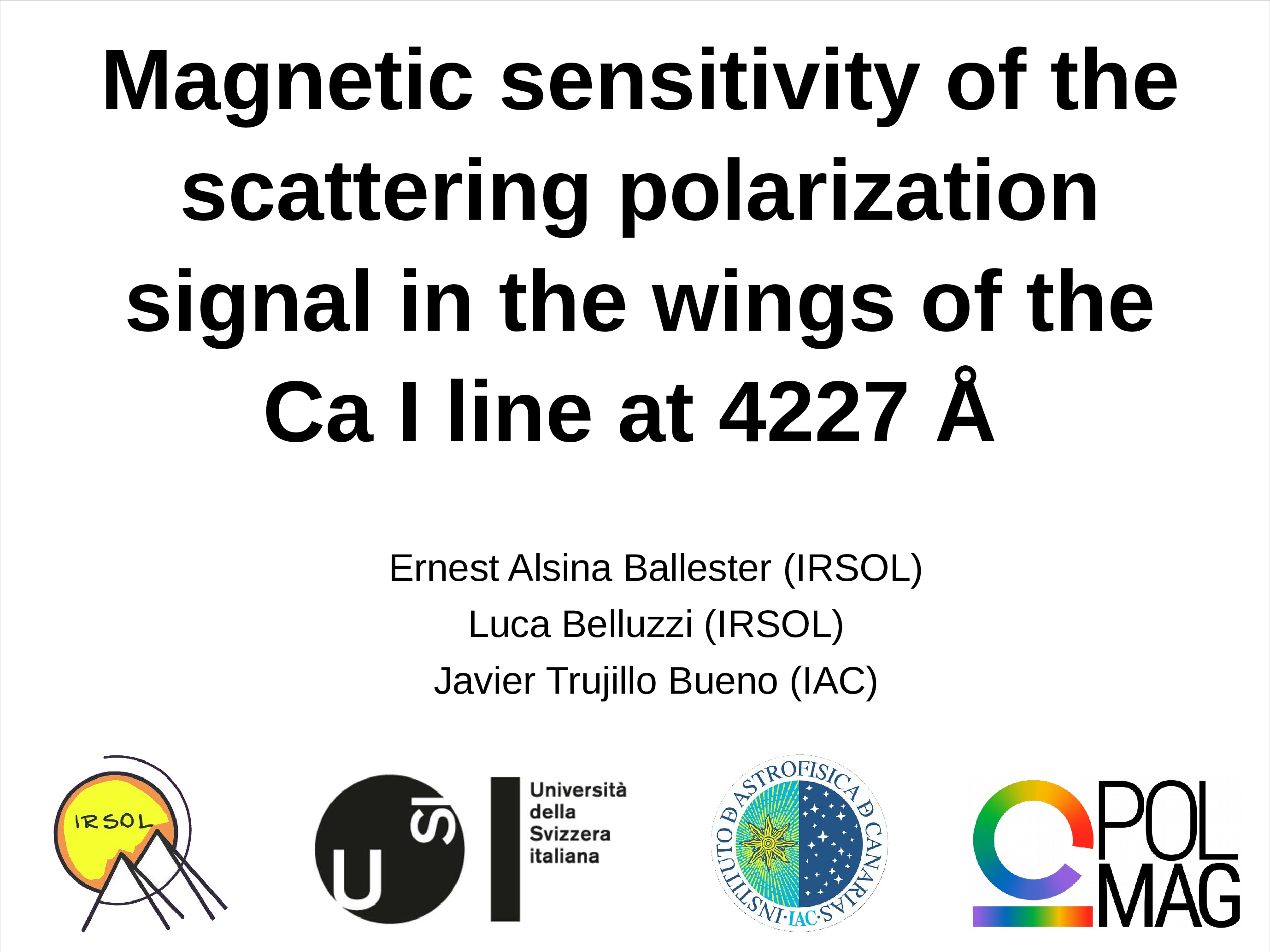
Session: 8. Scattering Physics and Hanle - Zeeman Diagnostics
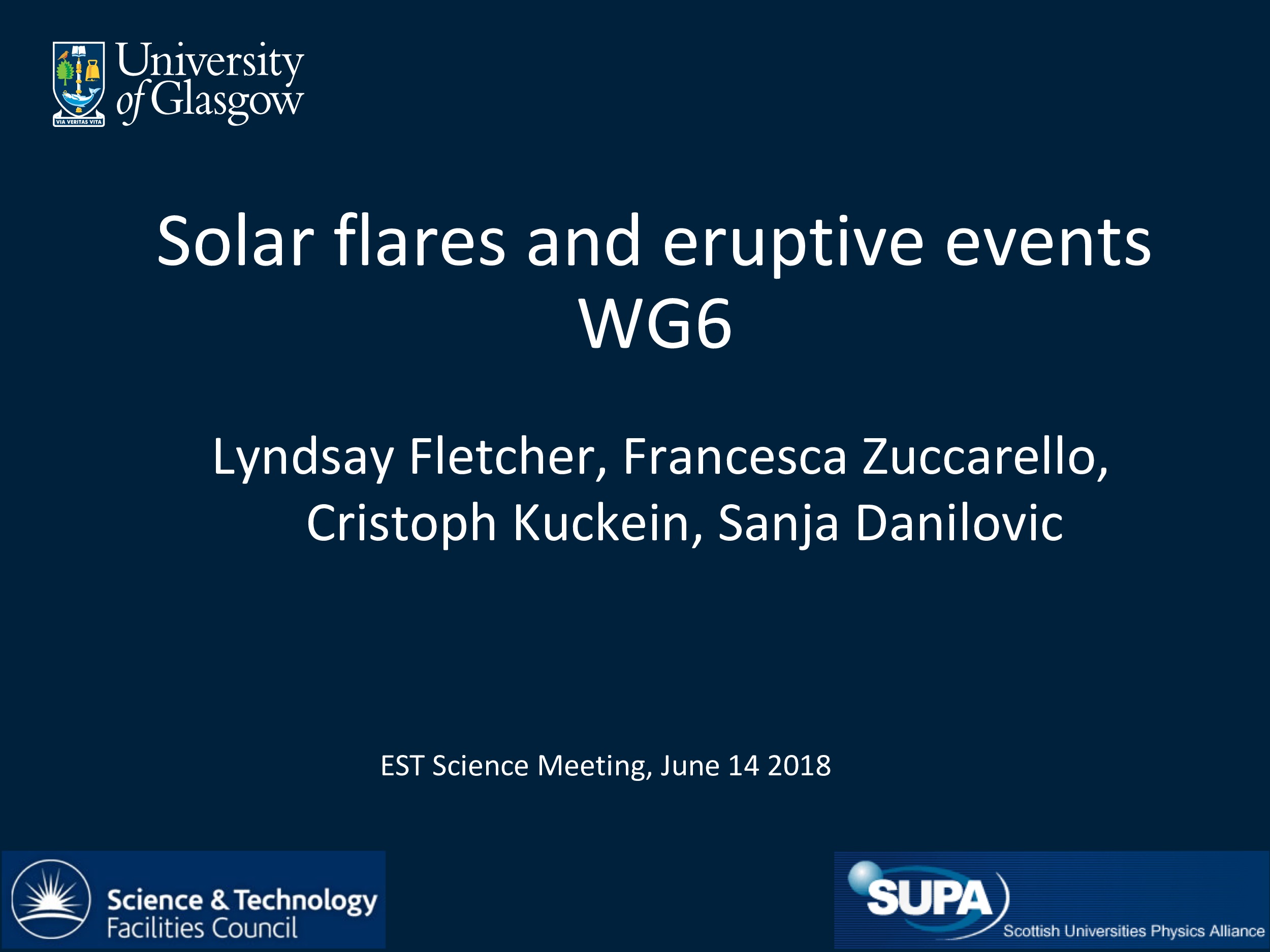
Session: 7. Solar Flares and Eruptive Filaments
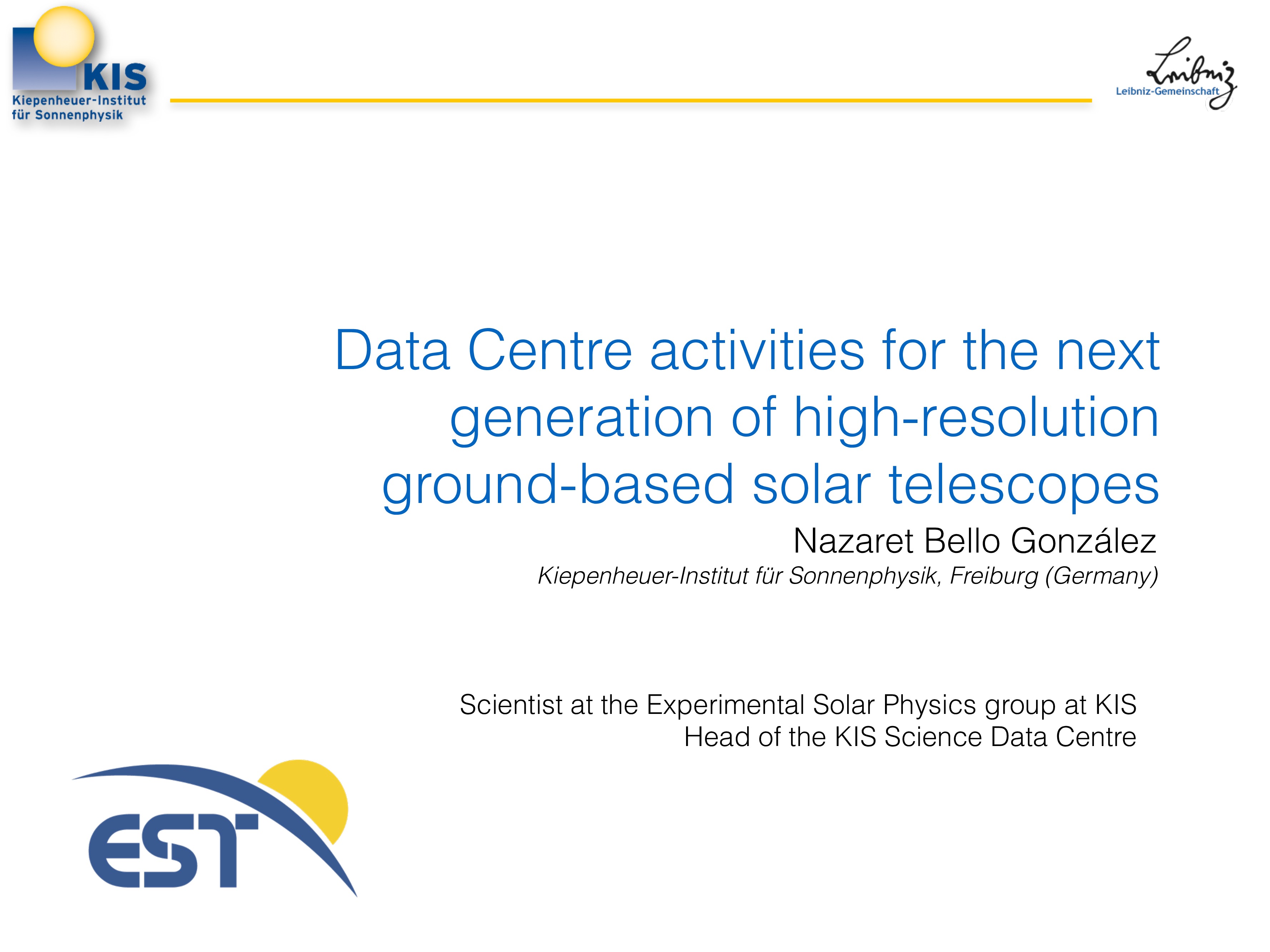
Session: 1. The State-of-the-Art of the EST Project
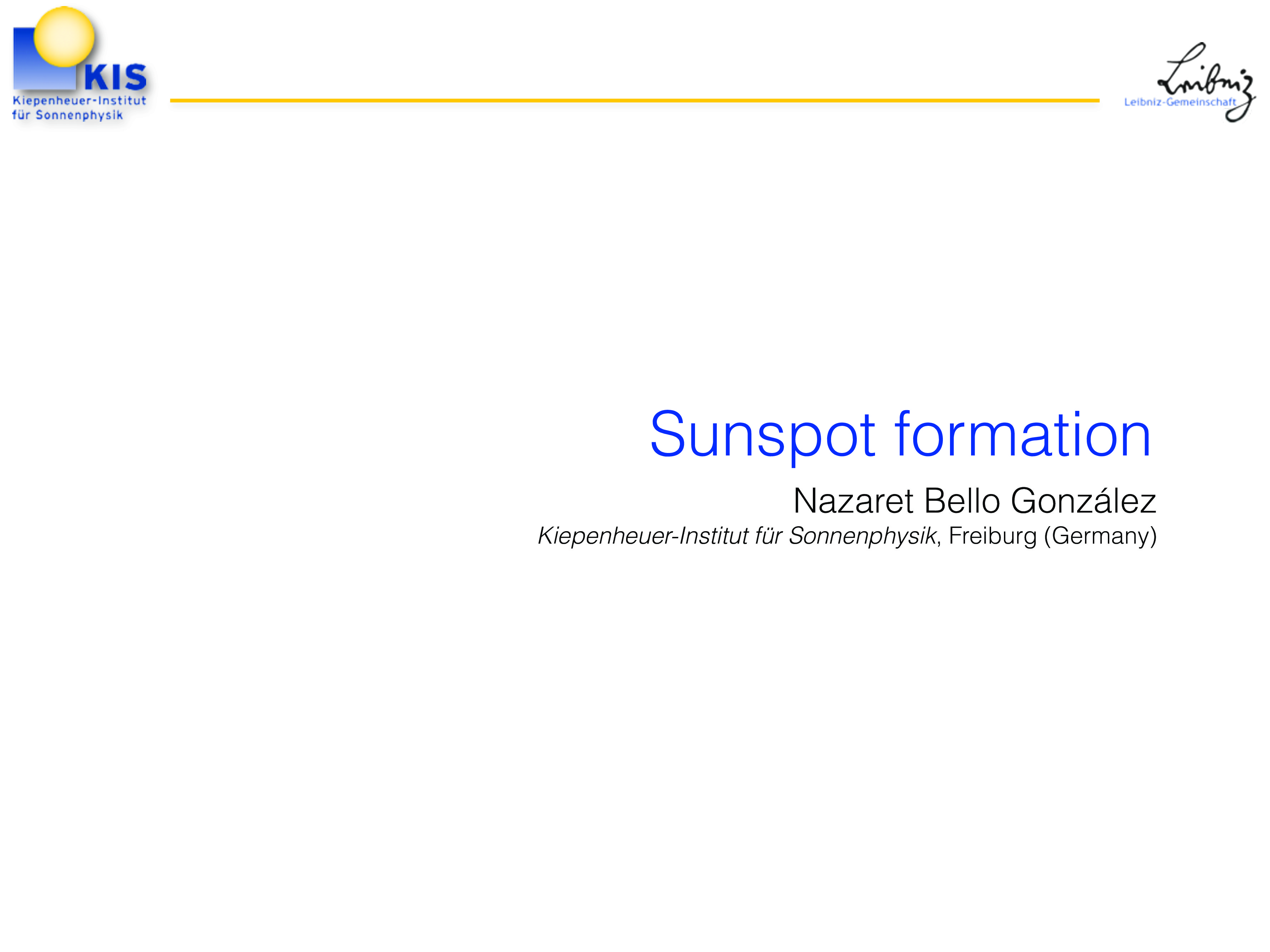
Session: 5. Large Scale Dynamic Structures: Sunspots, Prominences and Filaments
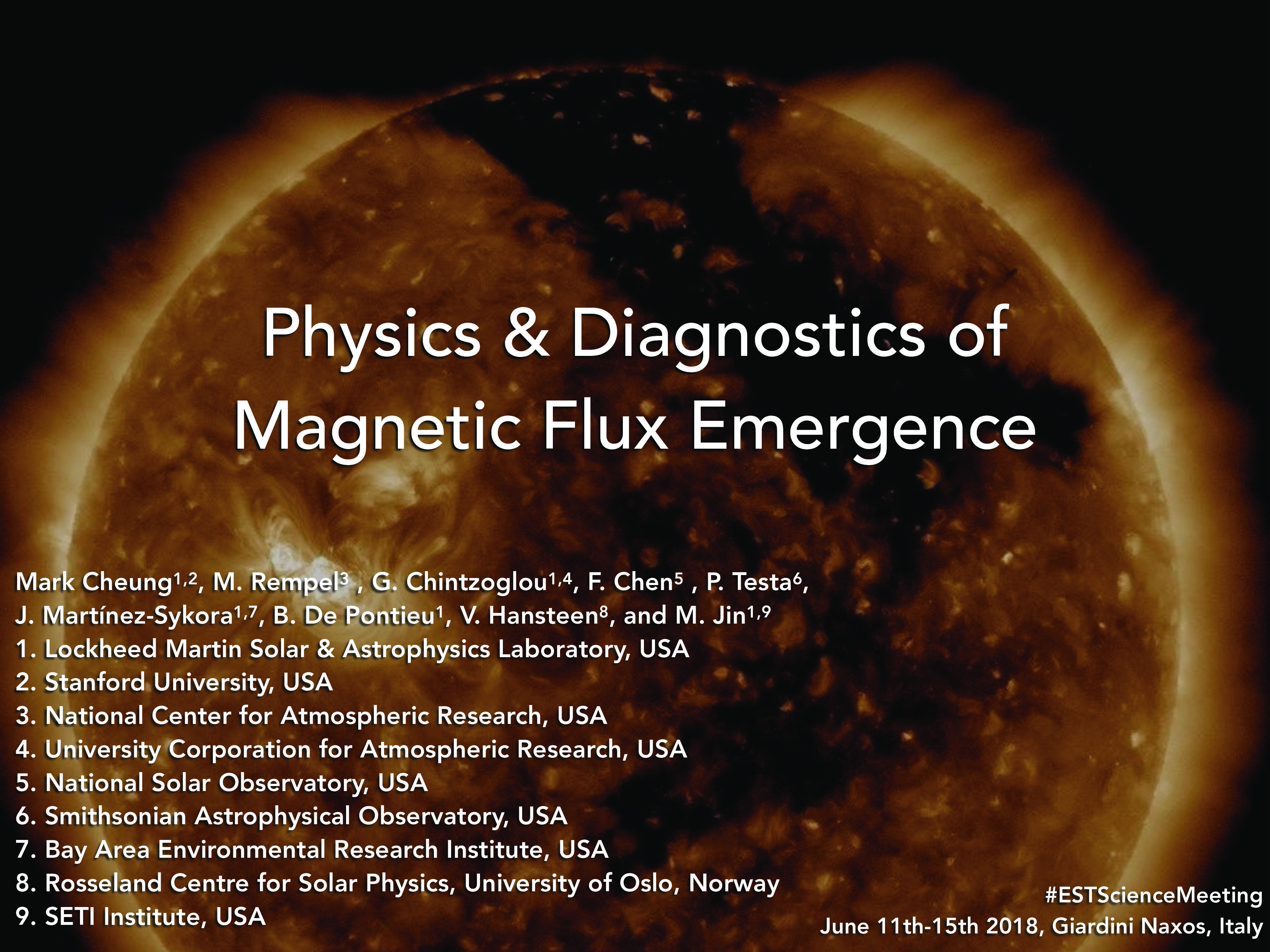
Session: 2. Structure and Evolution of Magnetic Flux
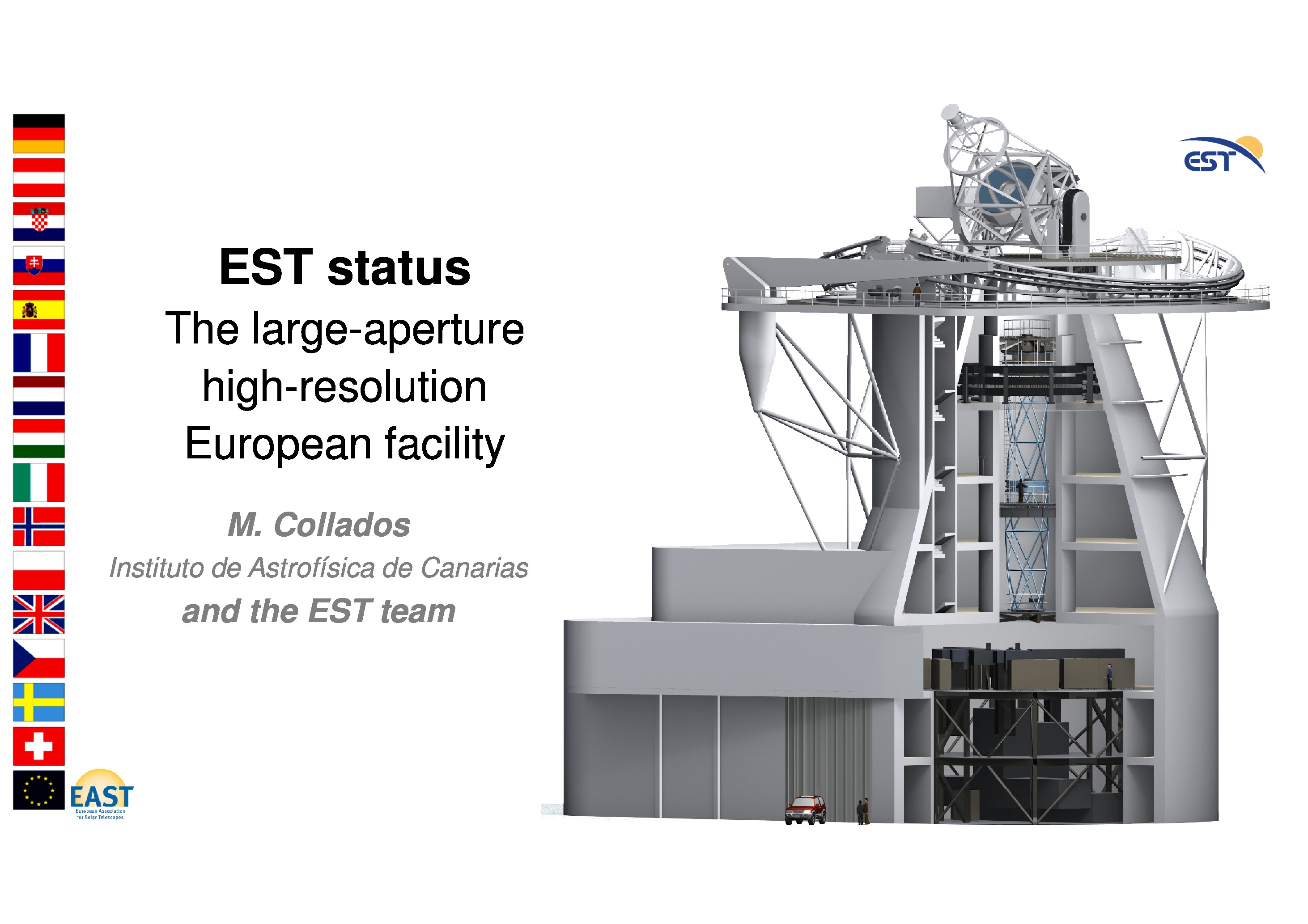
Session: 1. The State-of-the-Art of the EST Project
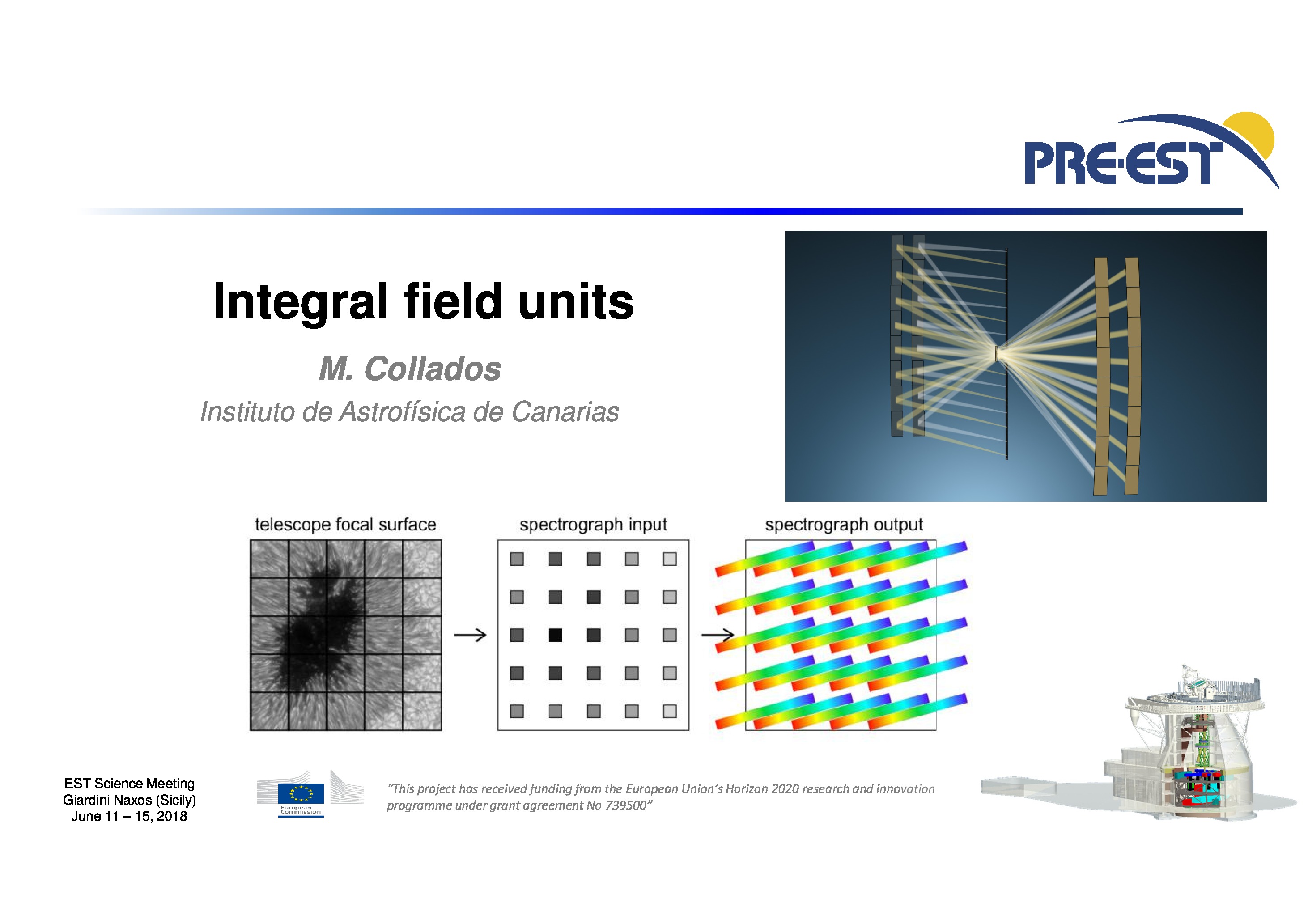
Session: 1. The State-of-the-Art of the EST Project
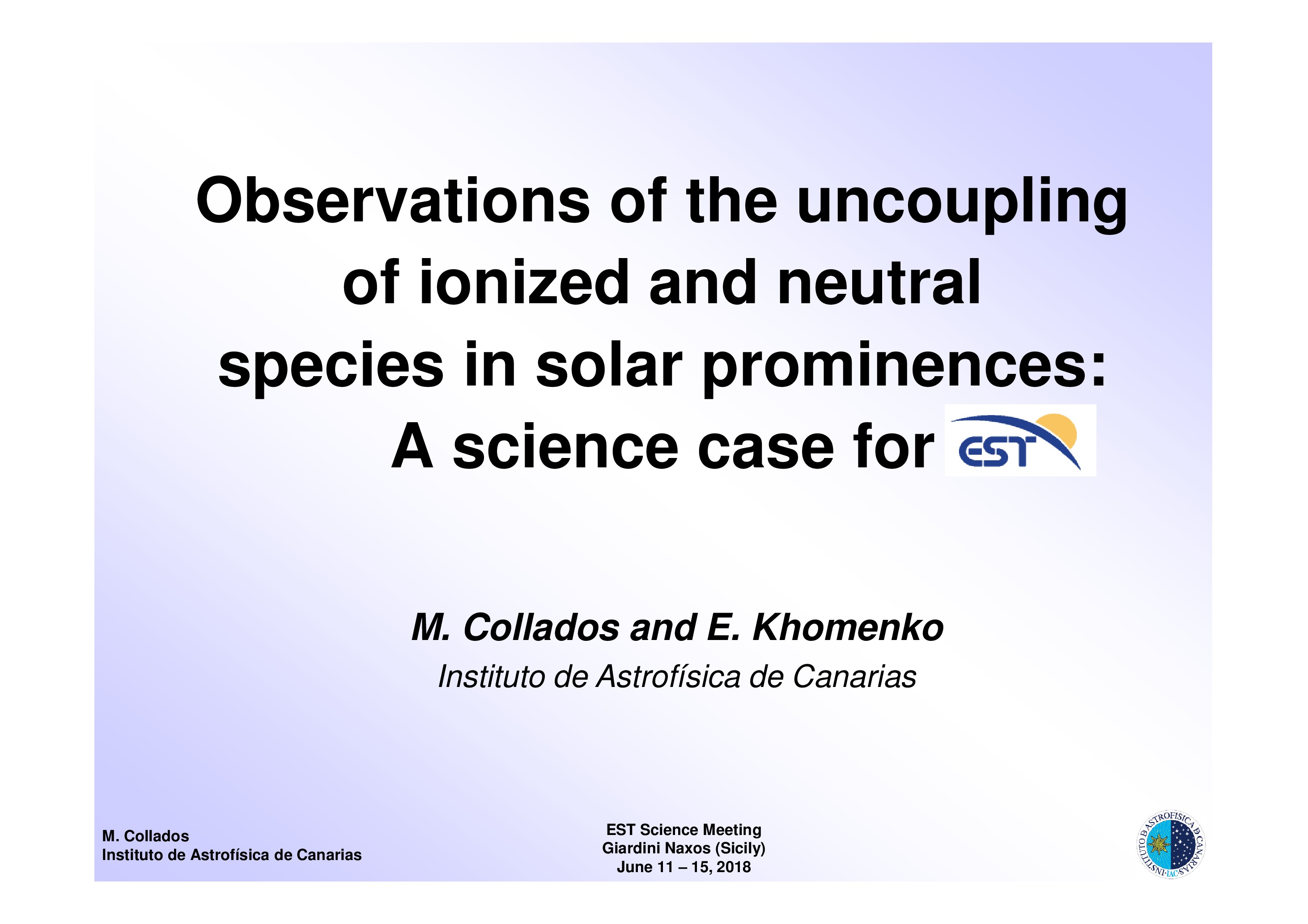
Session: 5. Large Scale Dynamic Structures: Sunspots, Prominences and Filaments
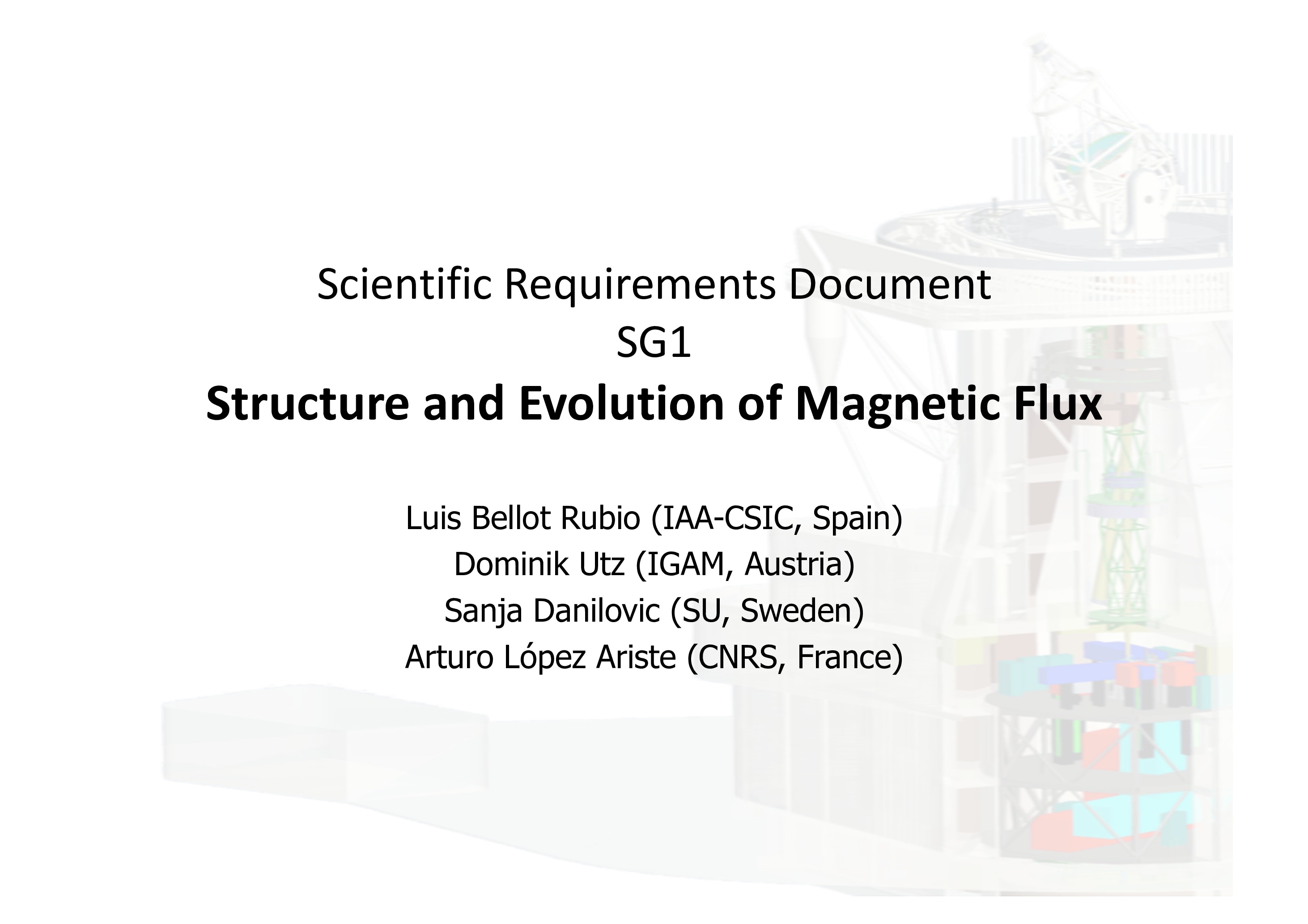
Session: 2. Structure and Evolution of Magnetic Flux
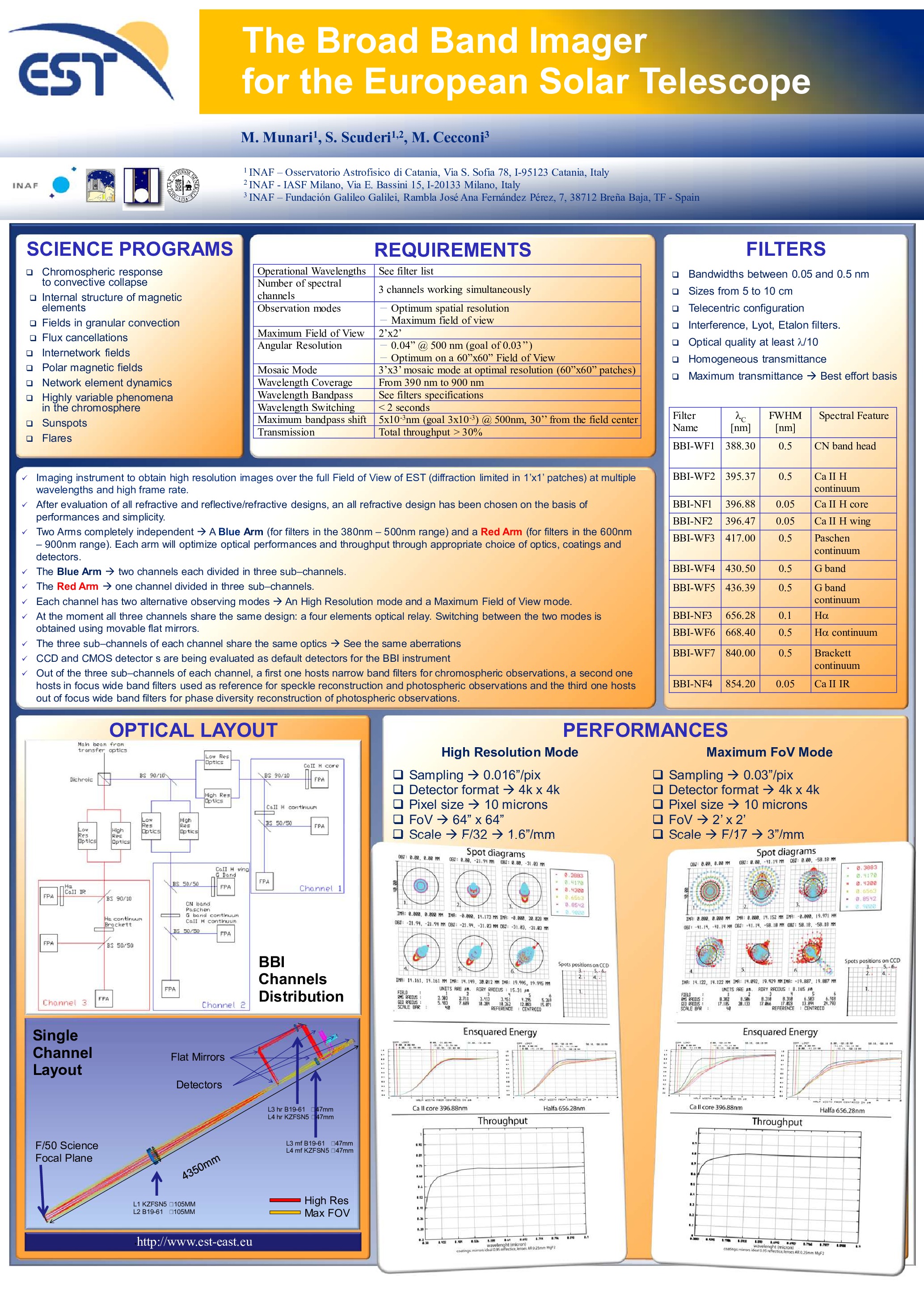
Session: 1. The State-of-the-Art of the EST Project
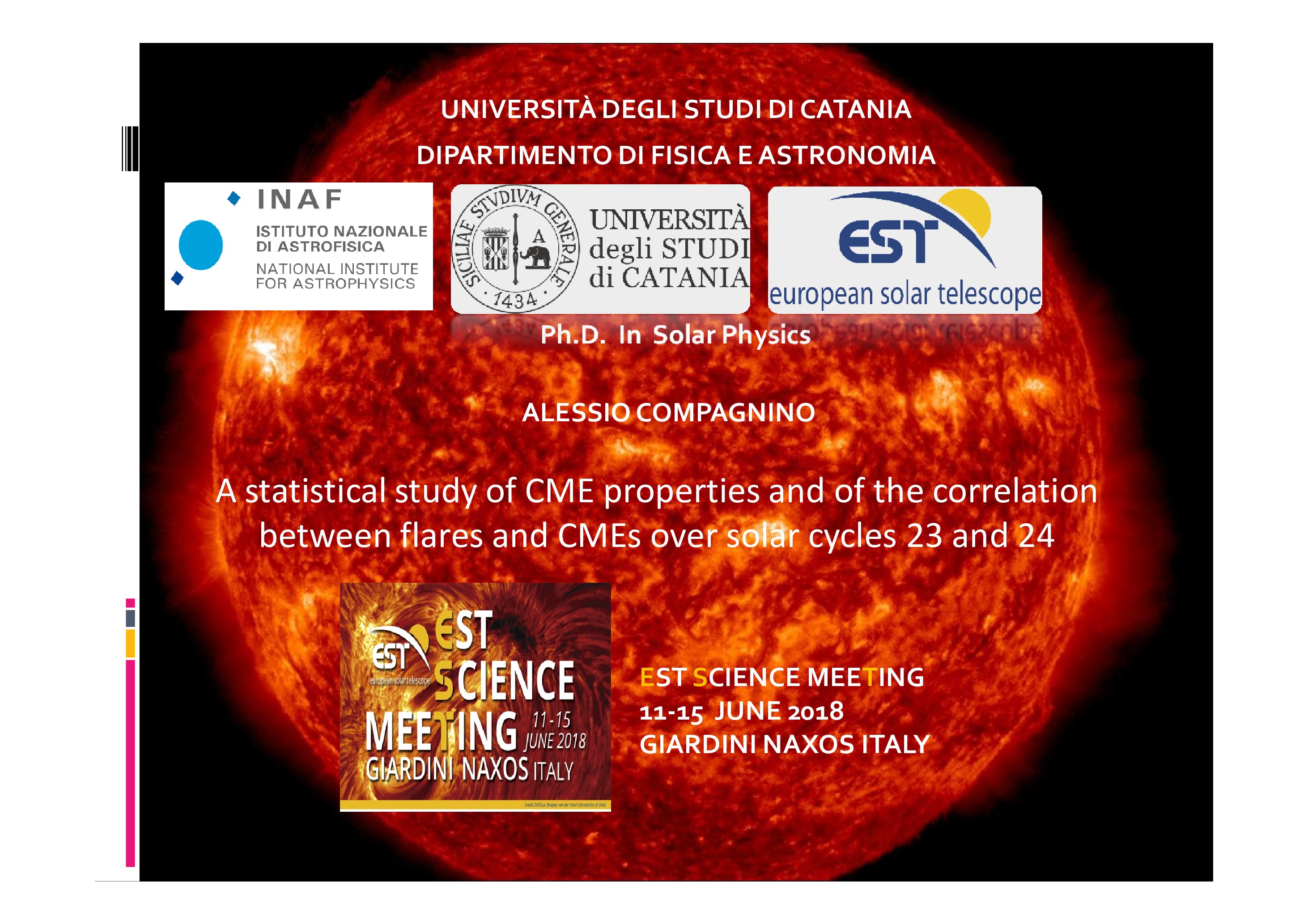

Session: 1. The State-of-the-Art of the EST Project
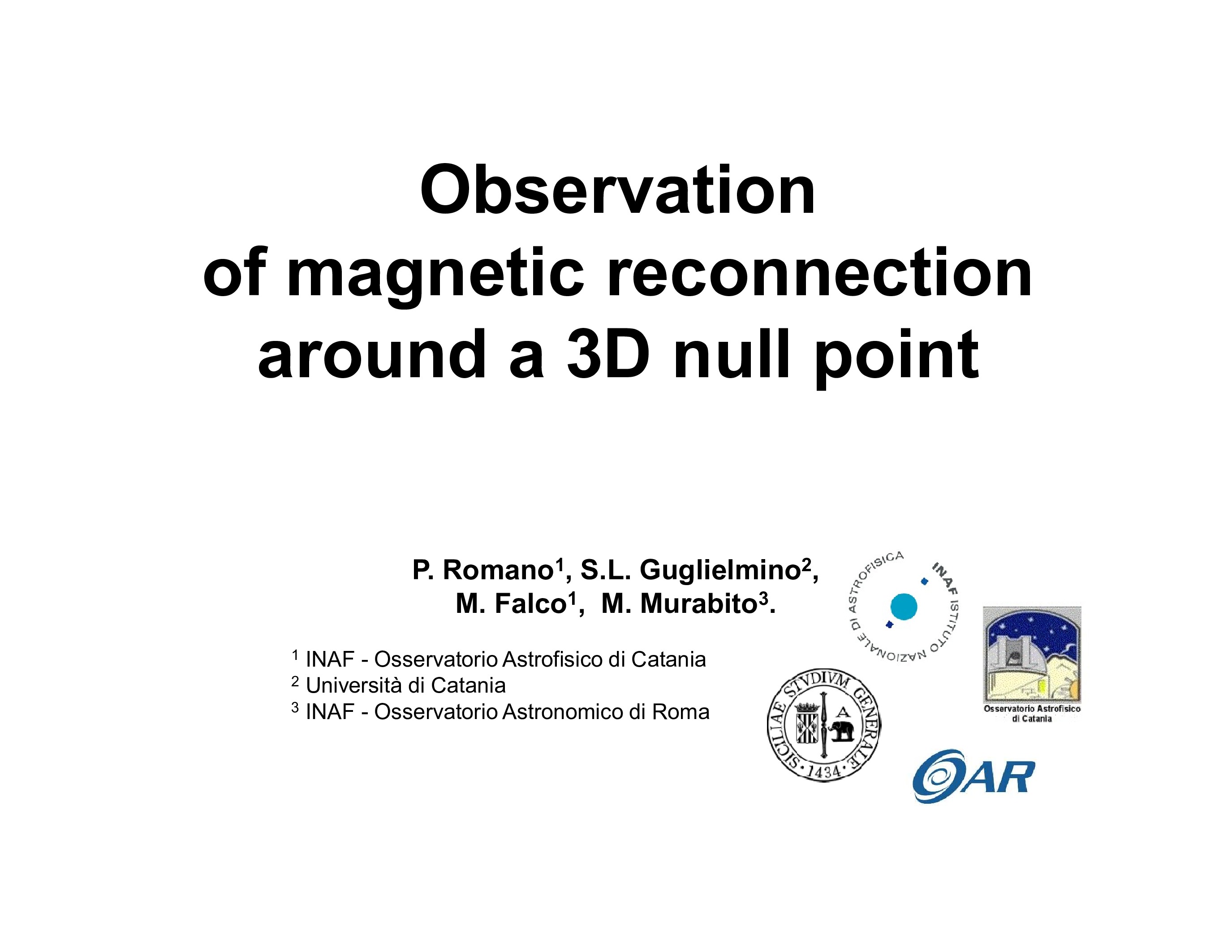
Session: 7. Solar Flares and Eruptive Filaments
Session: 8. Scattering Physics and Hanle - Zeeman Diagnostics
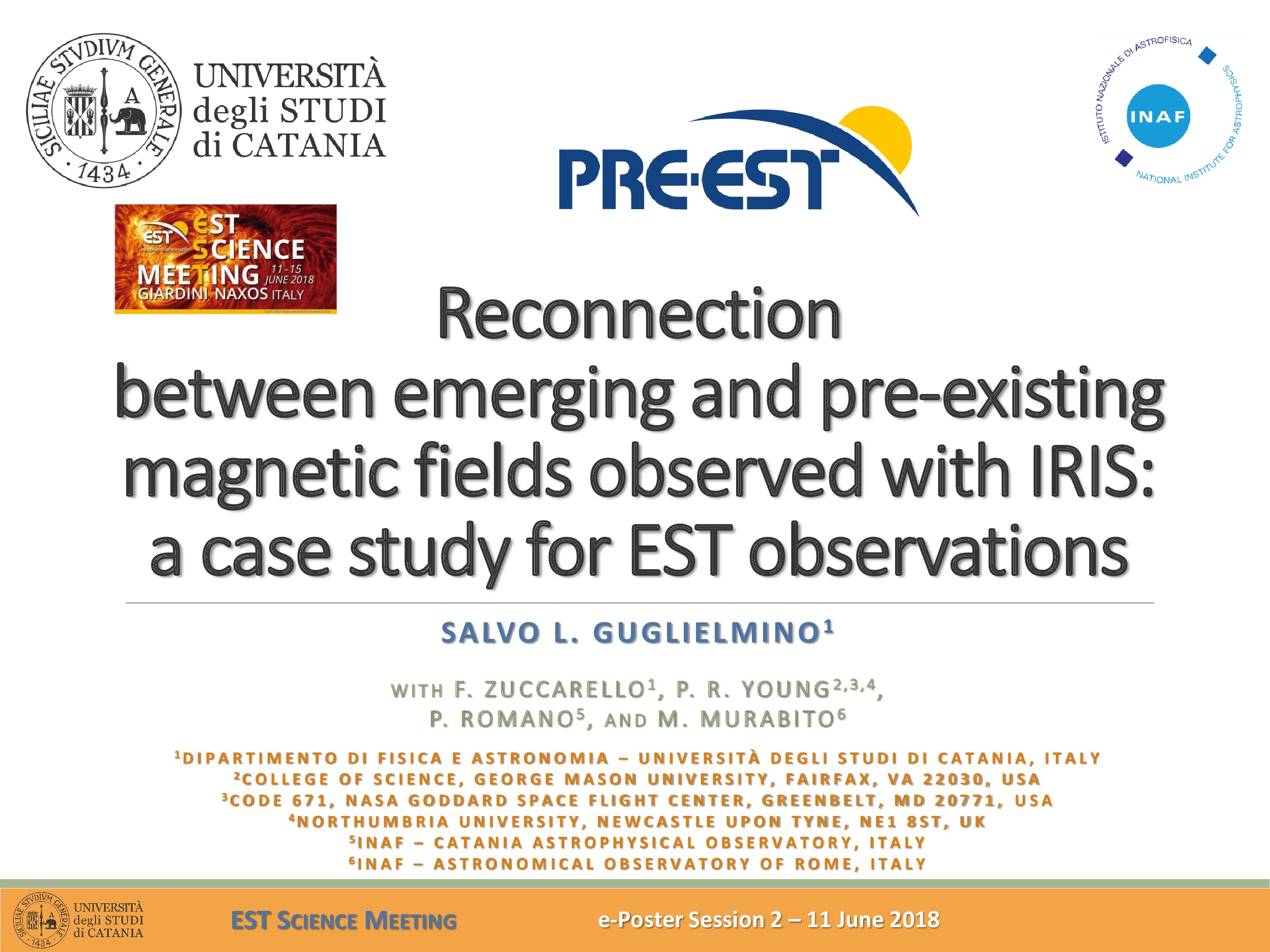
Session: 2. Structure and Evolution of Magnetic Flux

Session: 5. Large Scale Dynamic Structures: Sunspots, Prominences and Filaments
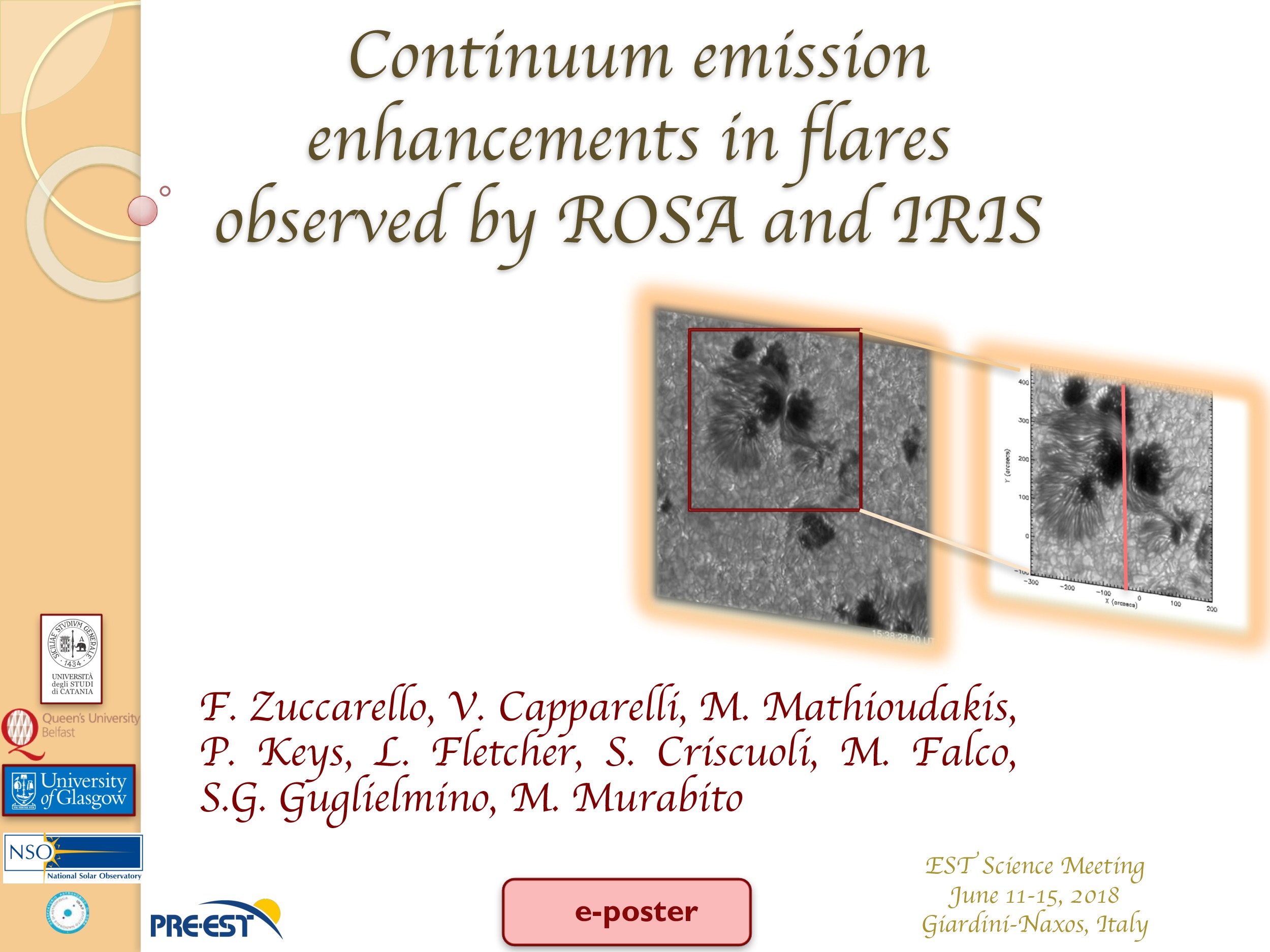
Session: 7. Solar Flares and Eruptive Filaments

Session: 1. The State-of-the-Art of the EST Project
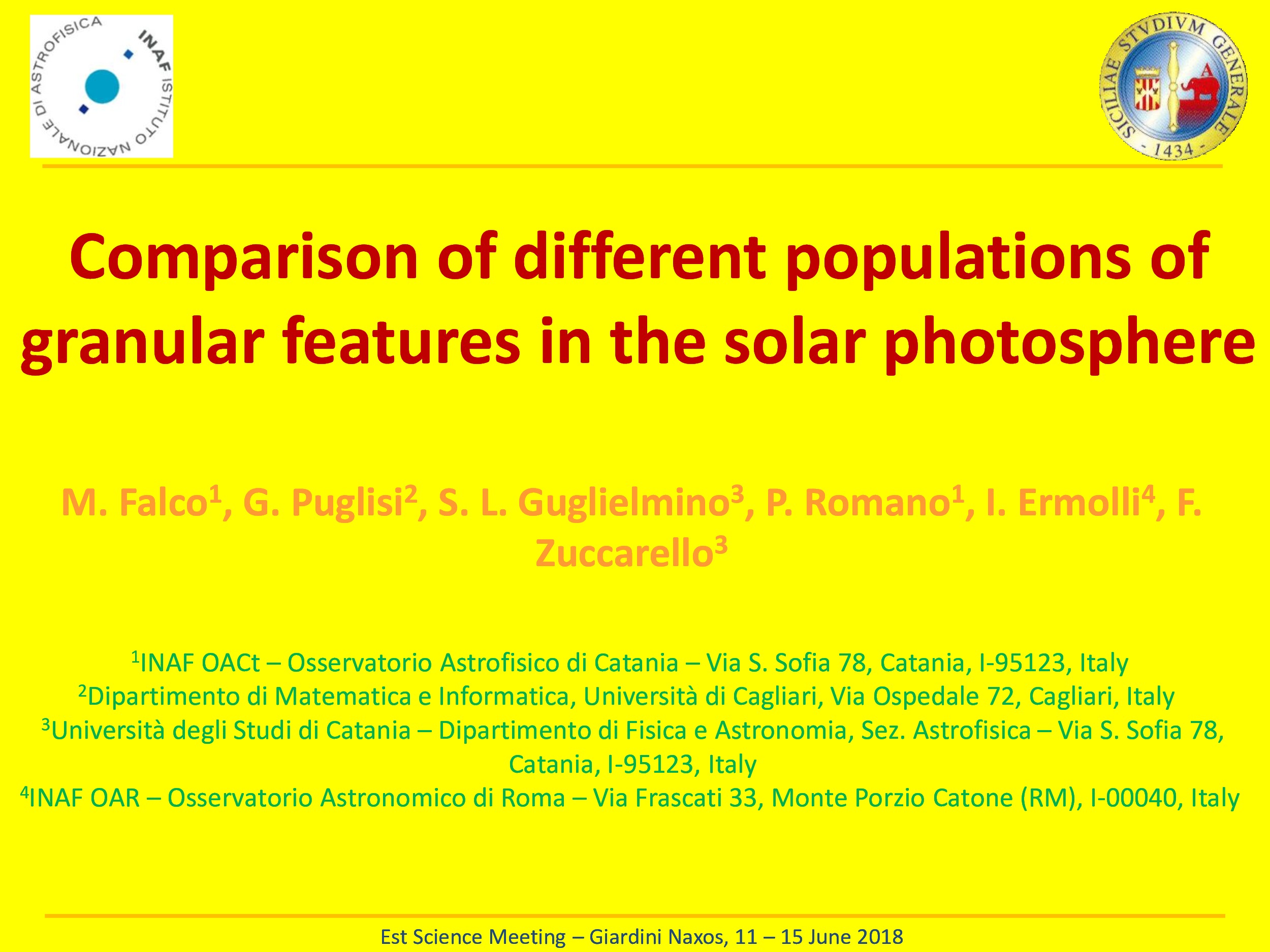
Session: 5. Large Scale Dynamic Structures: Sunspots, Prominences and Filaments

Session: 1. The State-of-the-Art of the EST Project

Session: 6. The Solar Corona

Session: 2. Structure and Evolution of Magnetic Flux
| First Name | Last Name | Affiliation |
|---|

